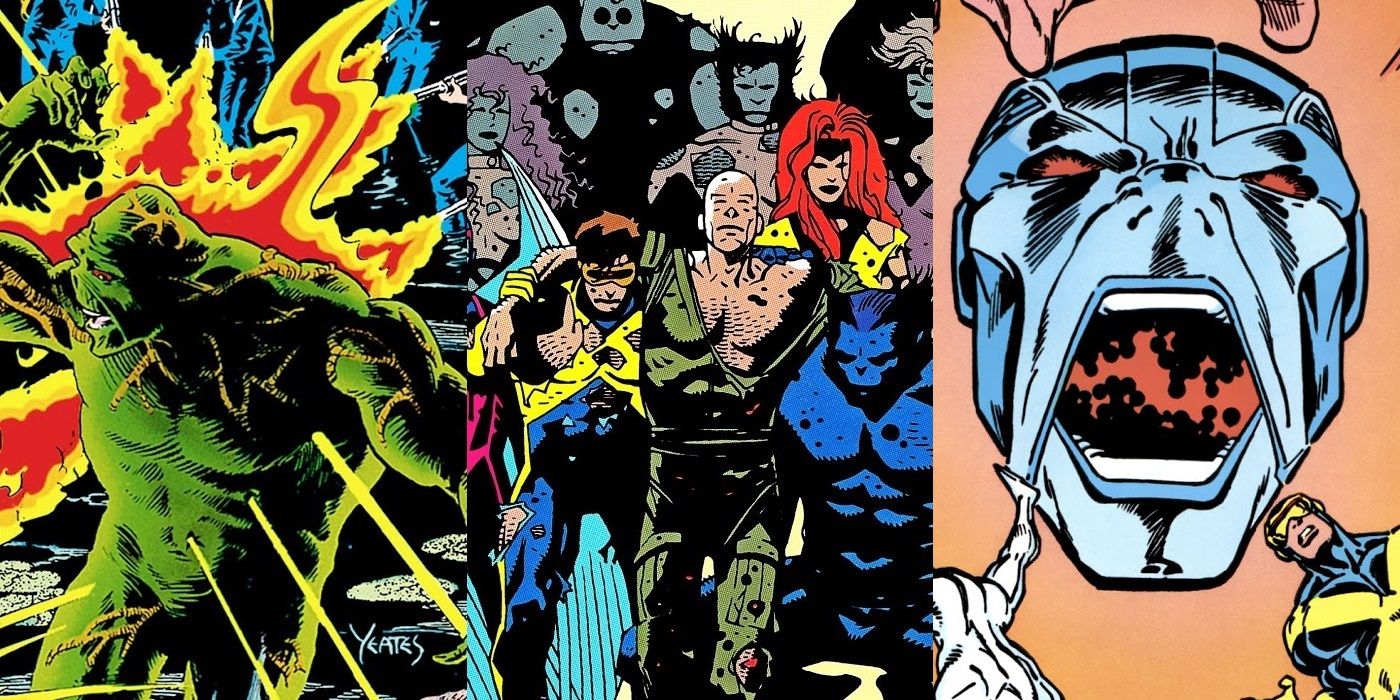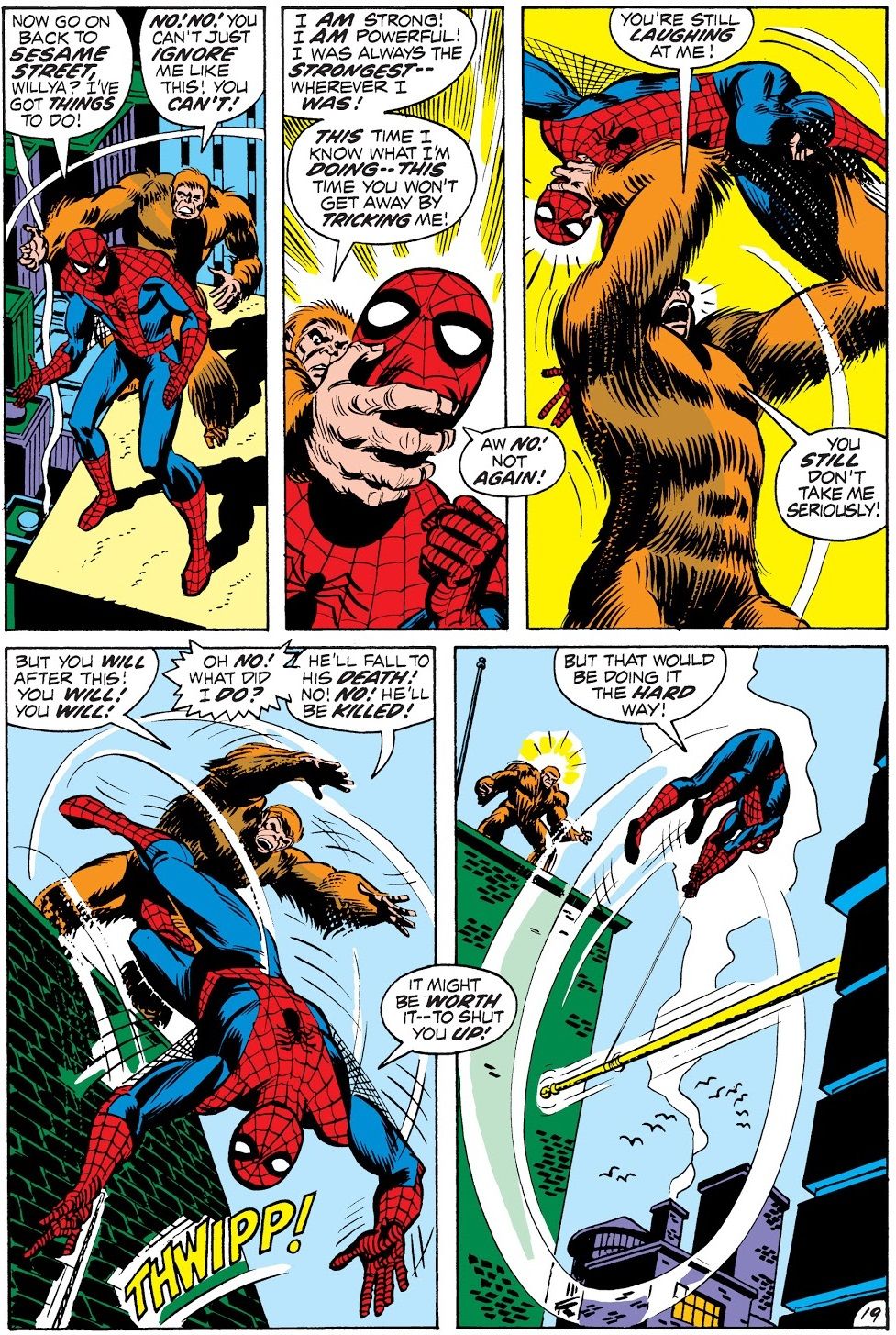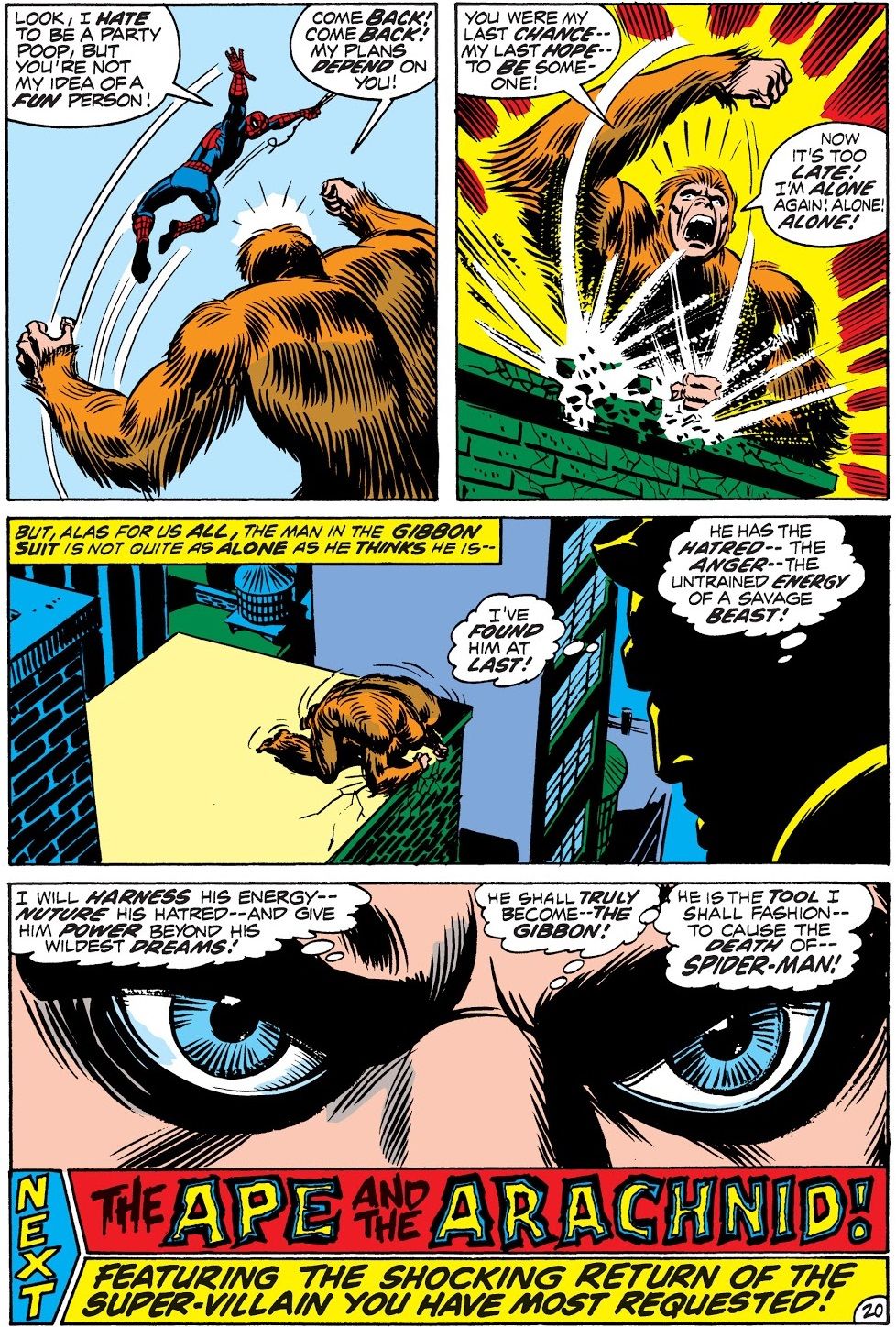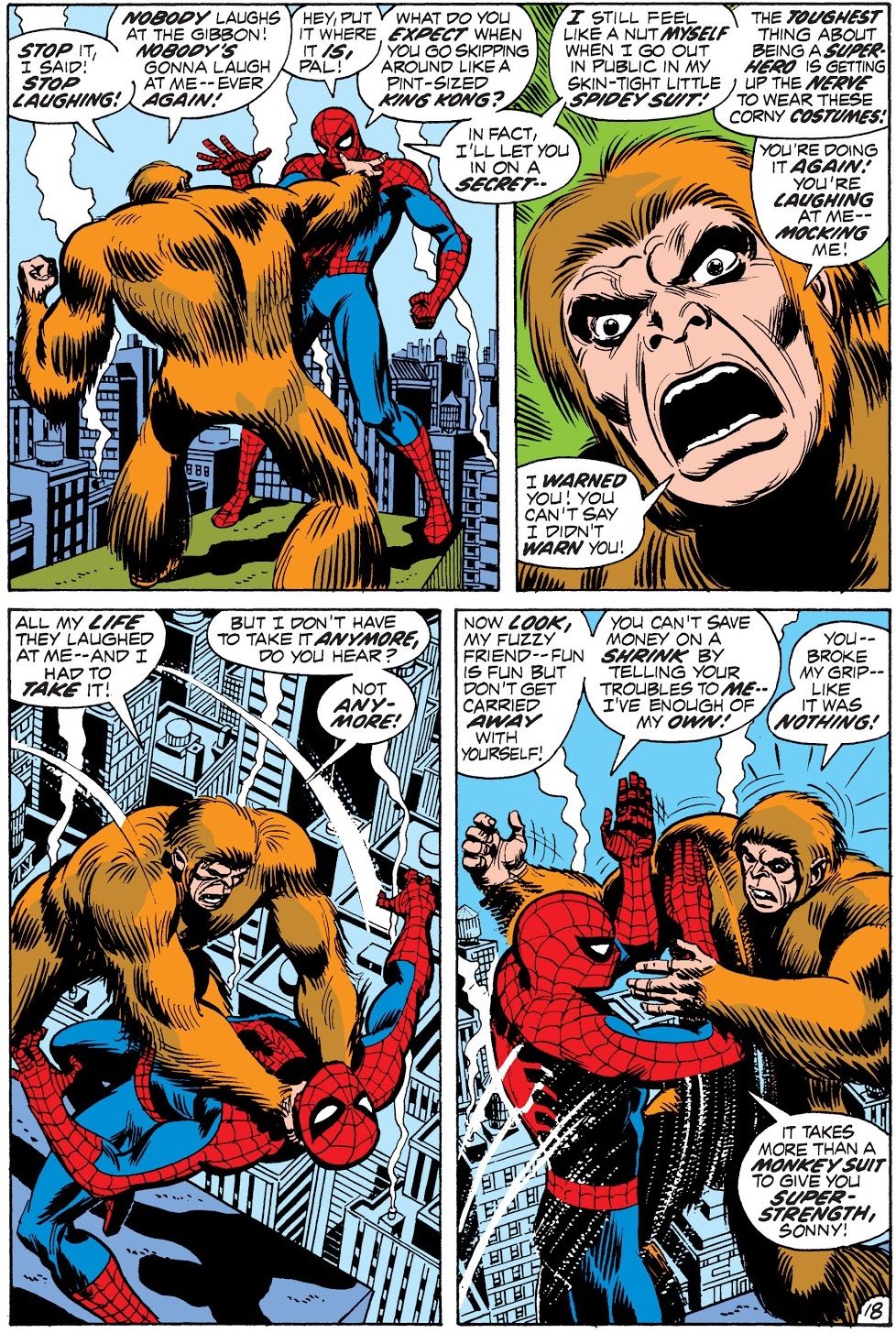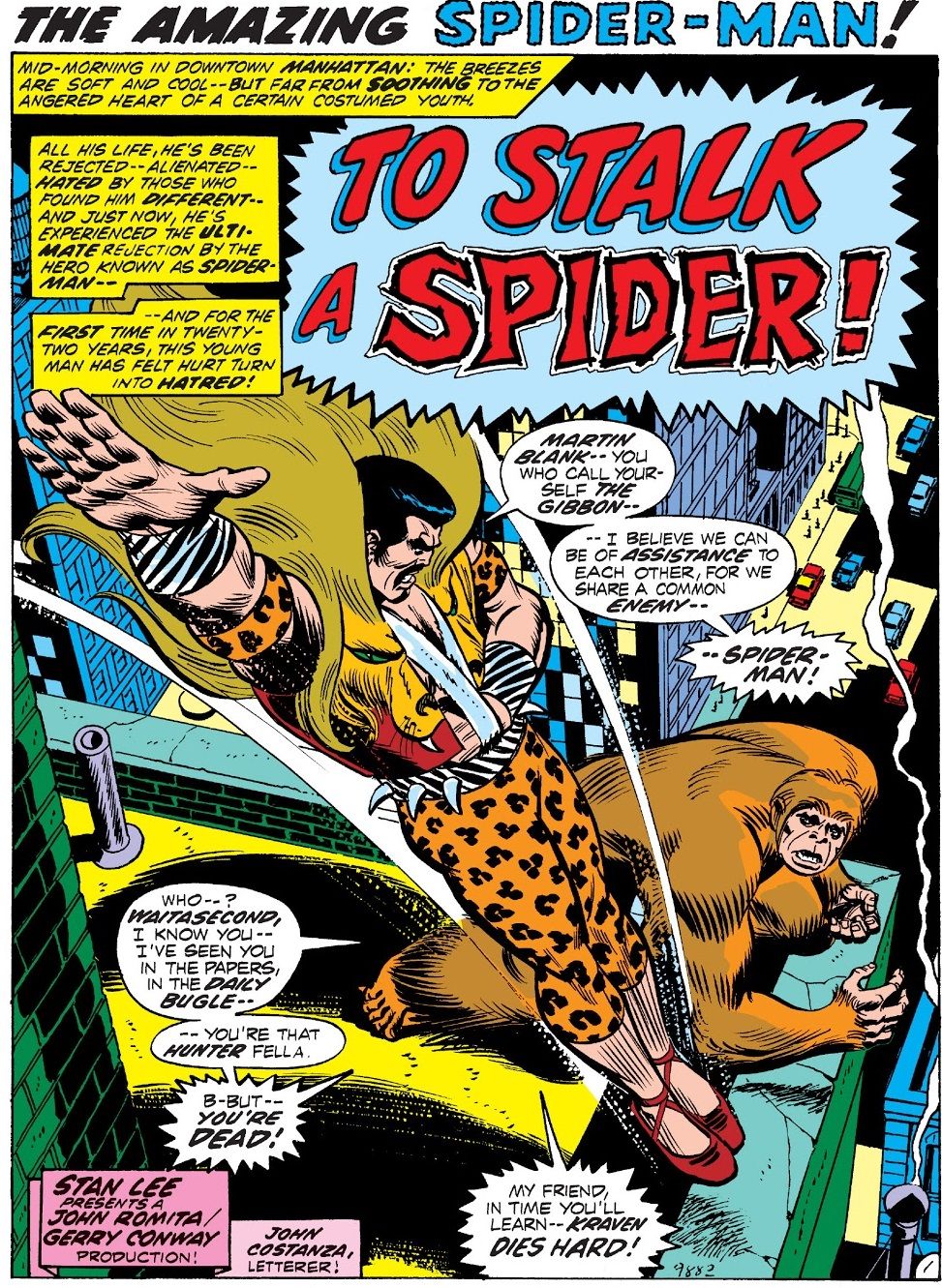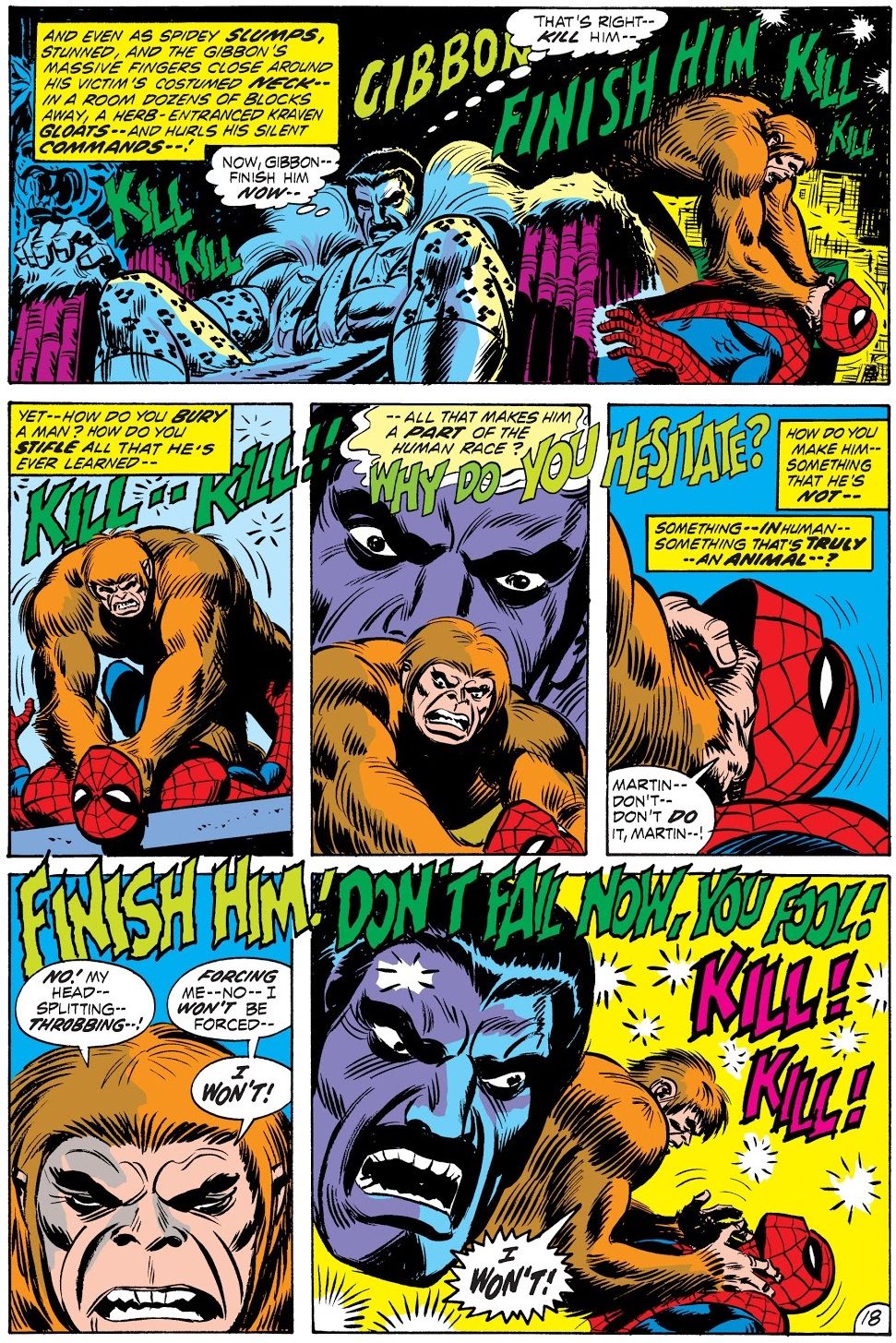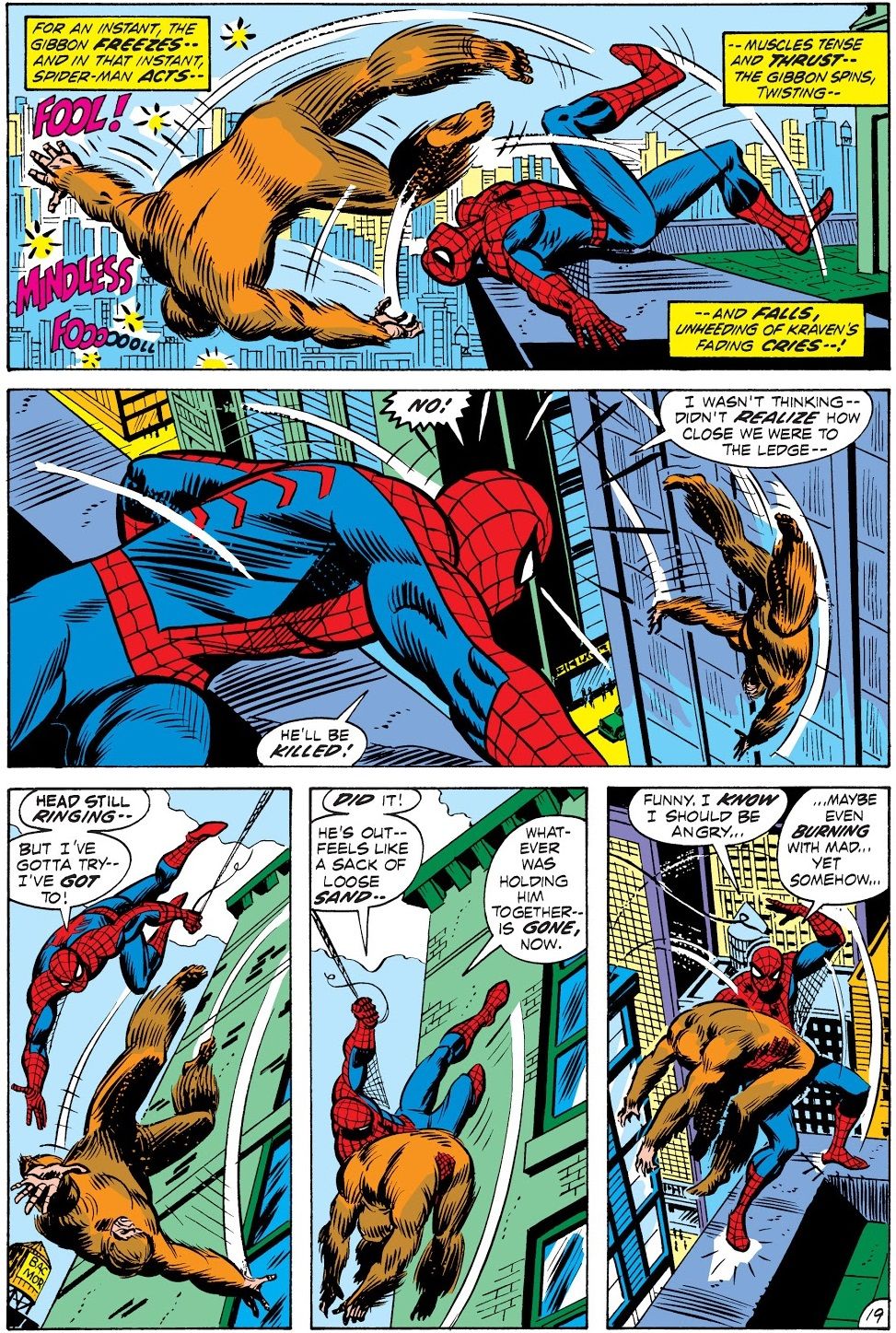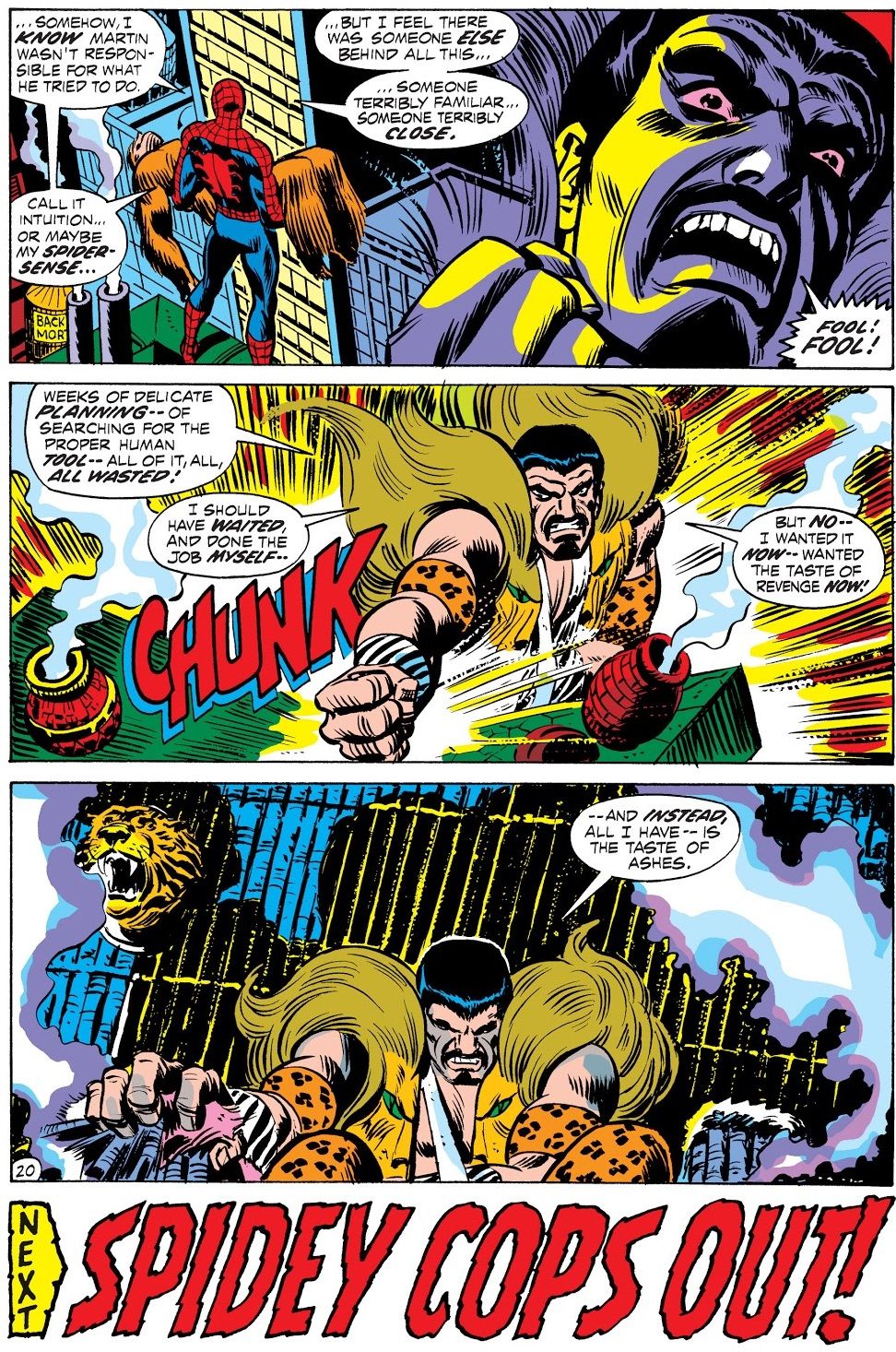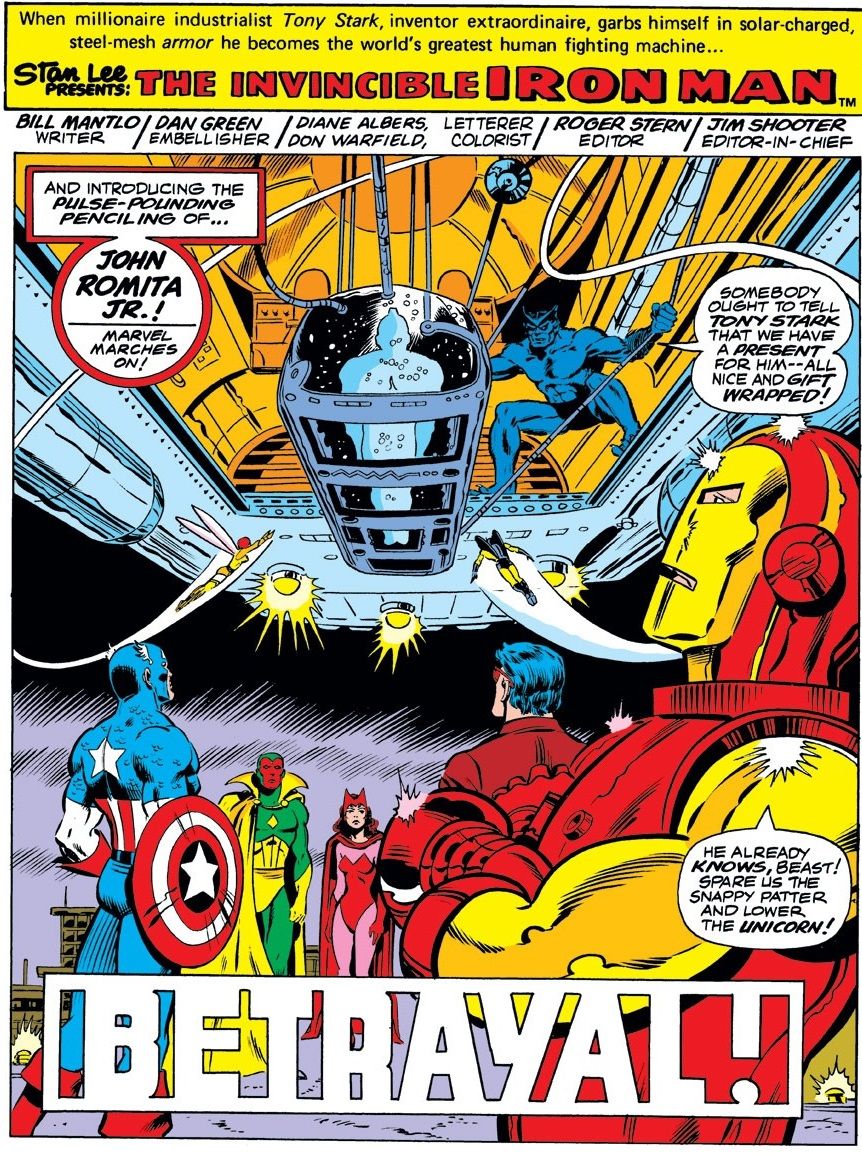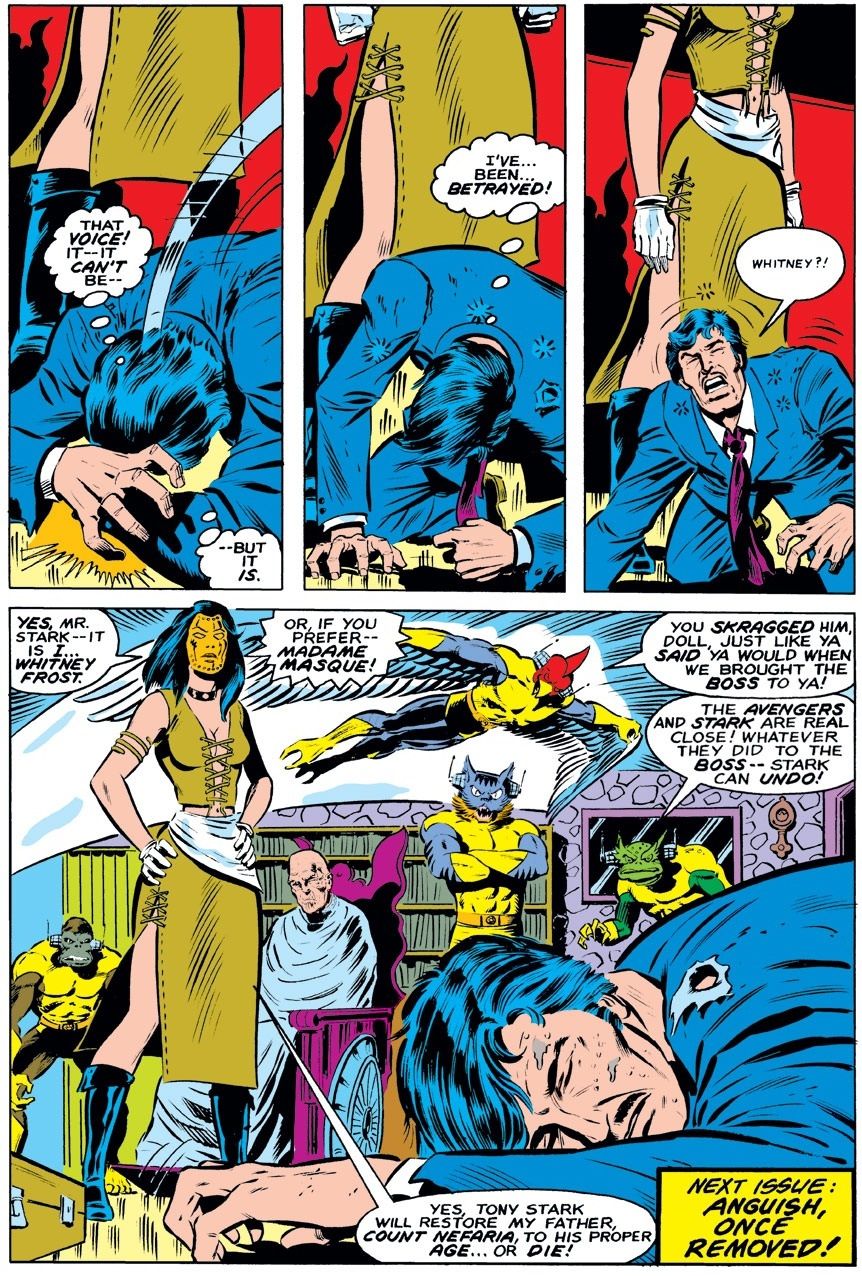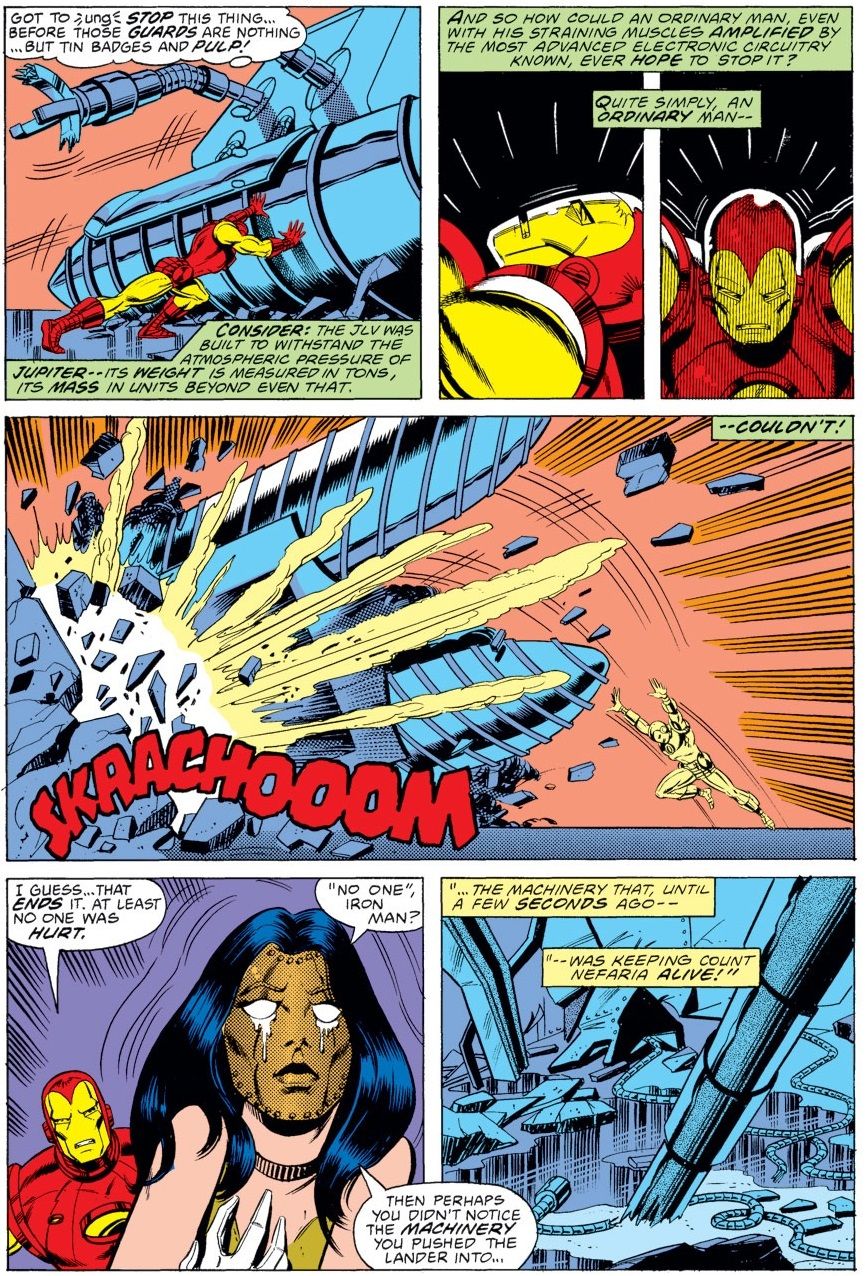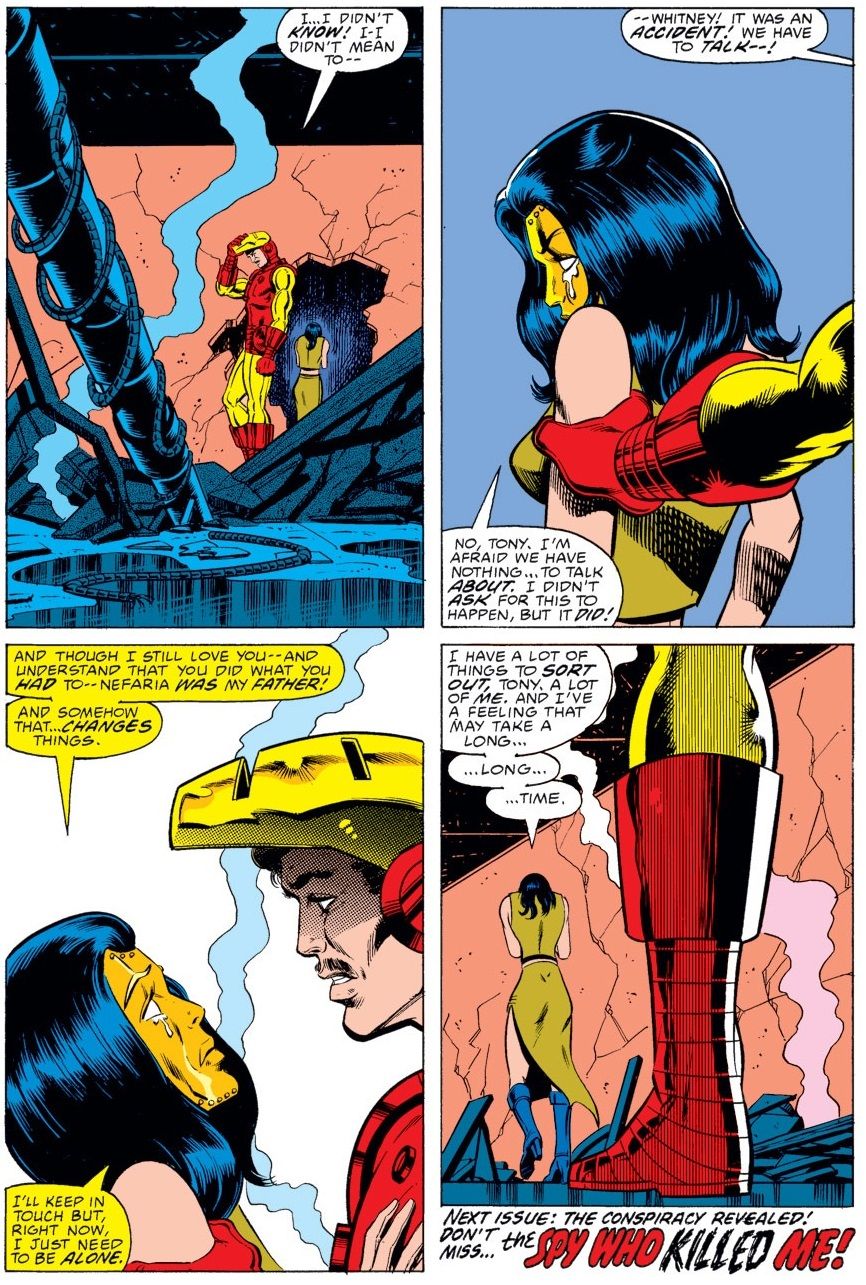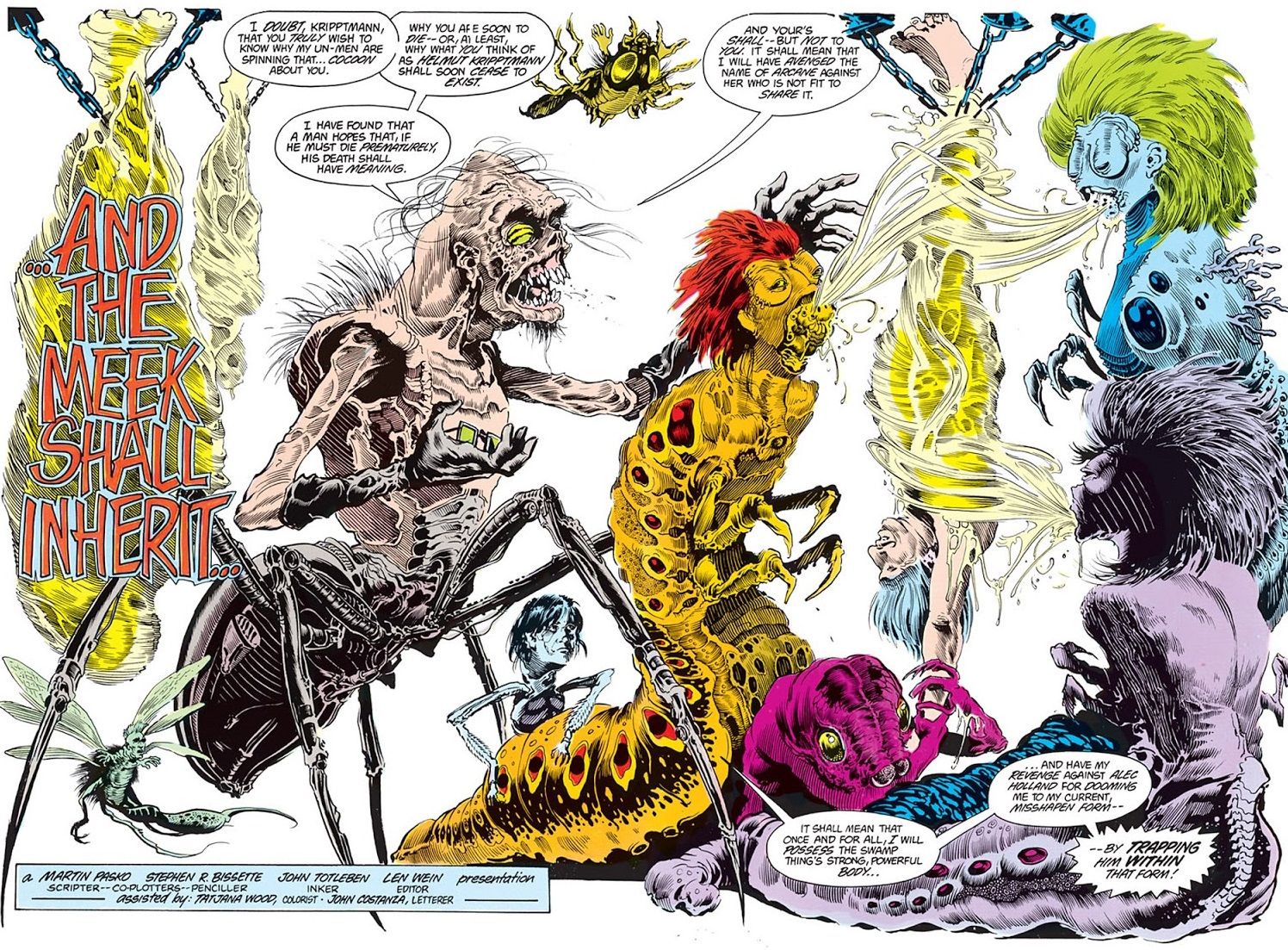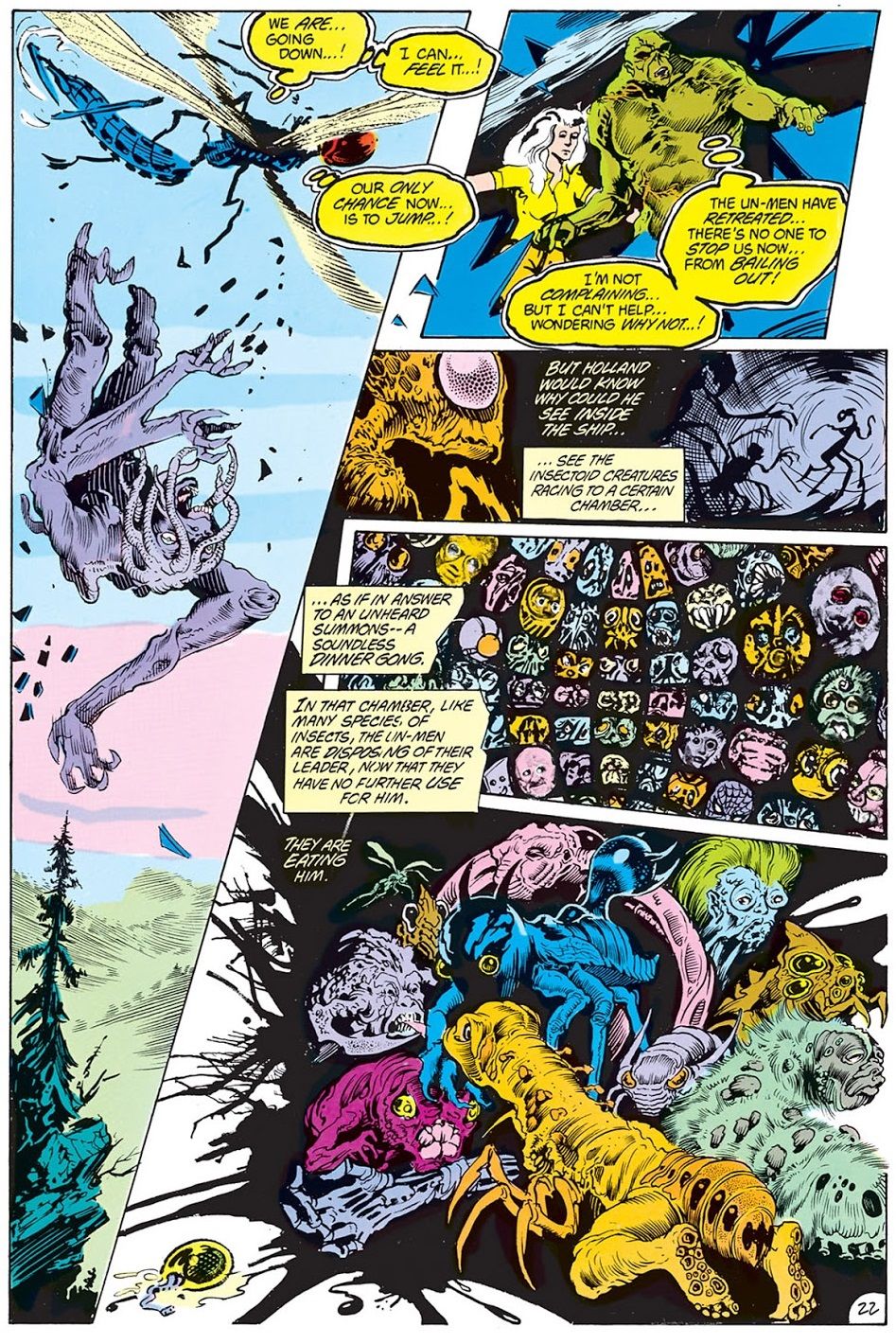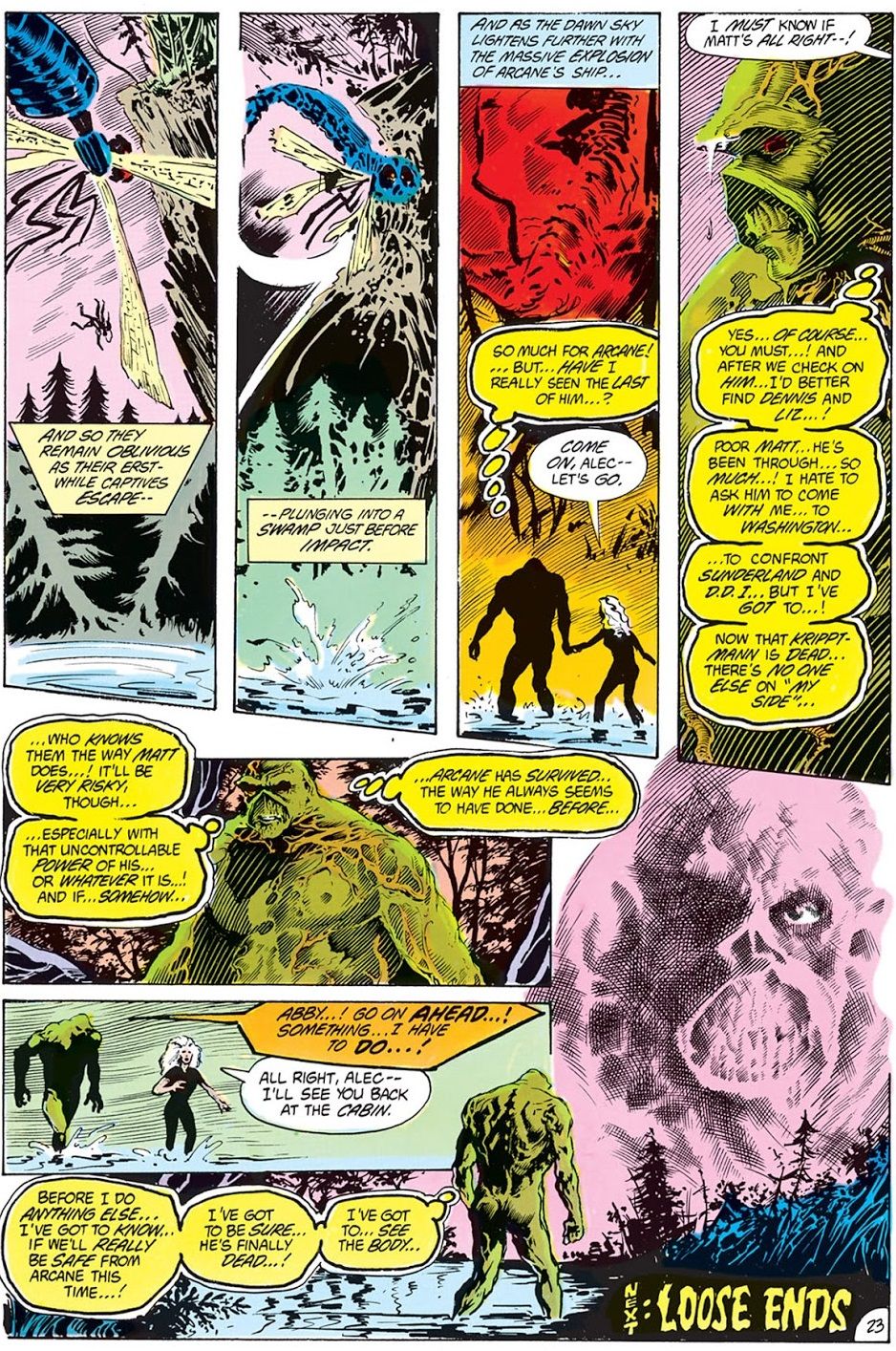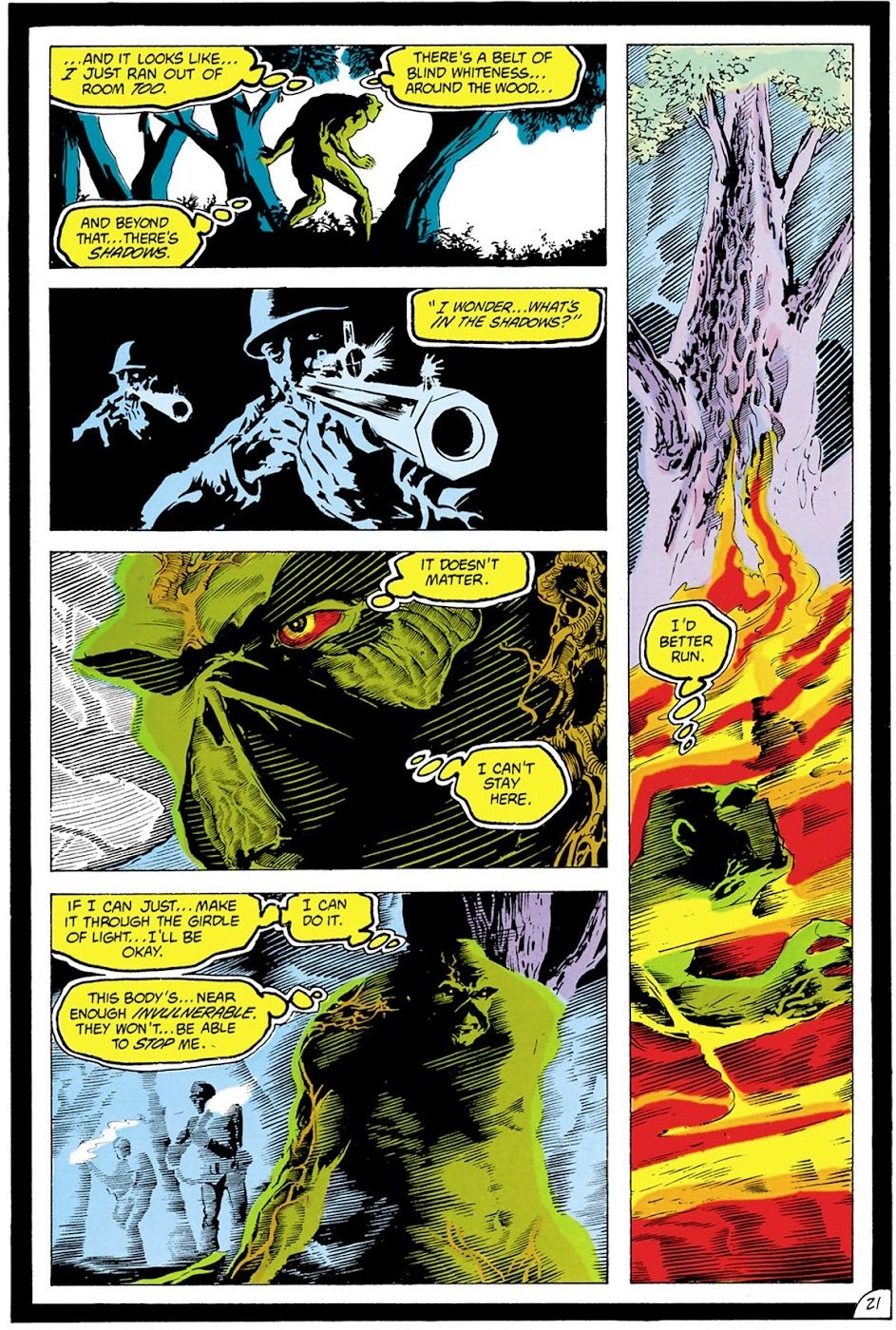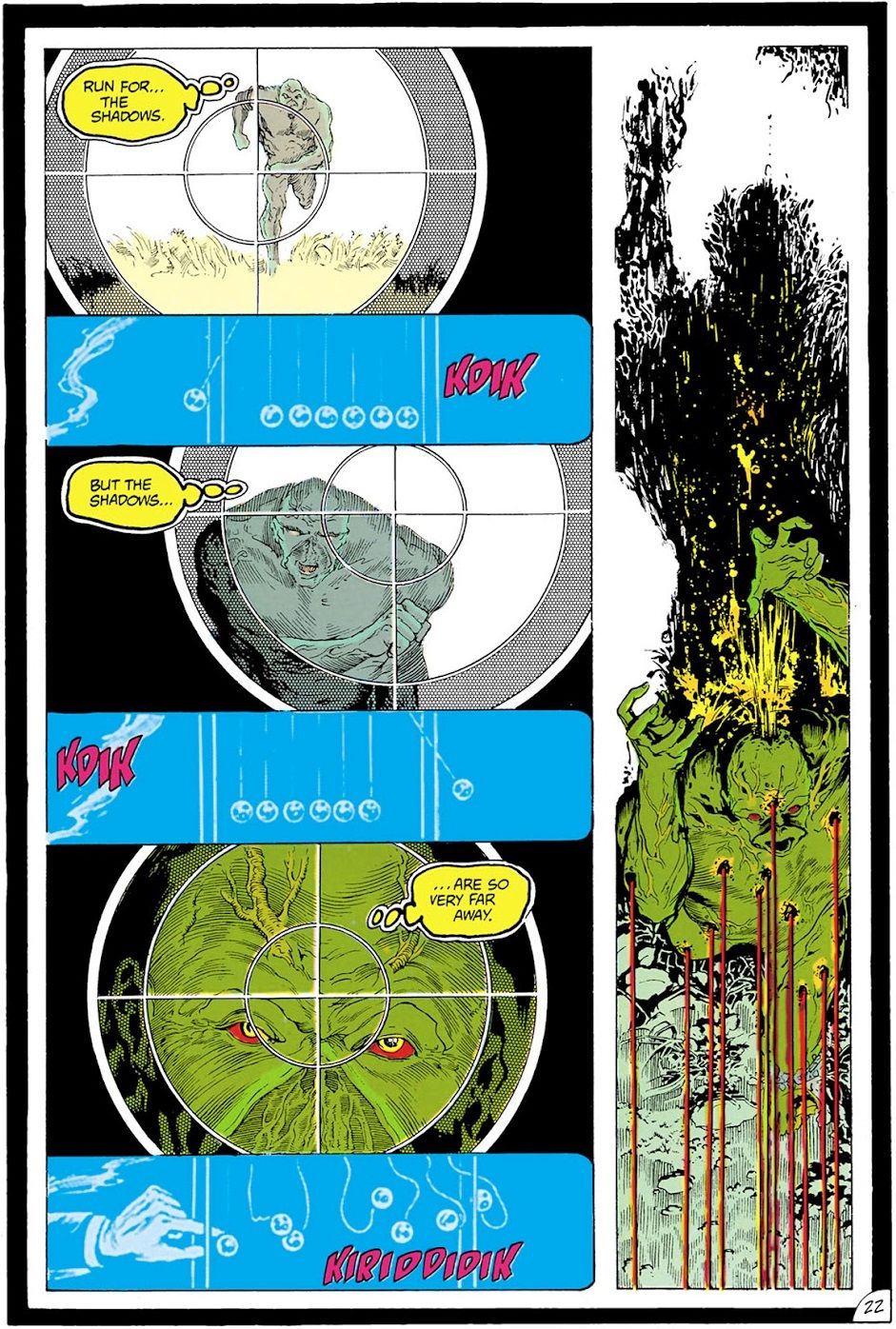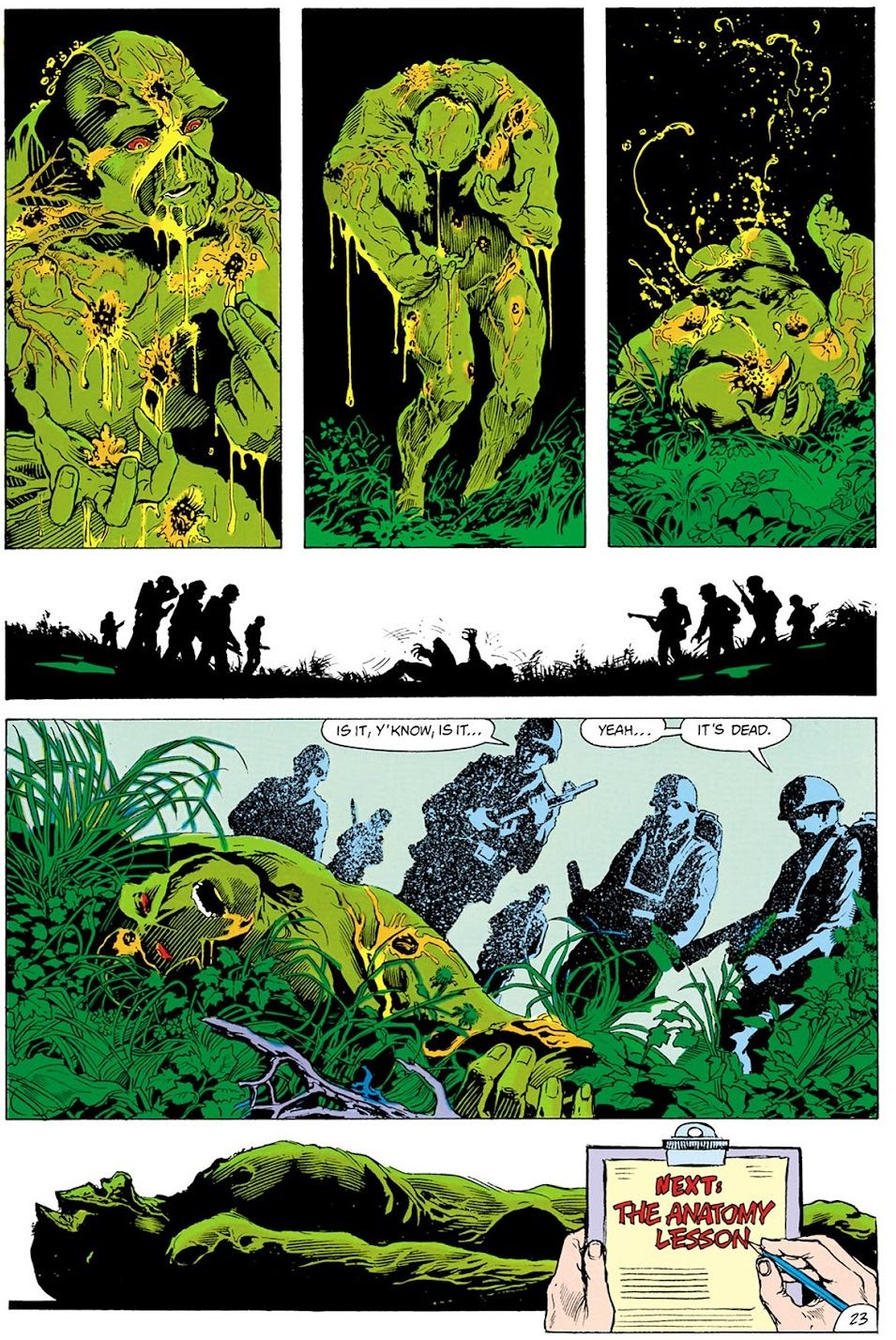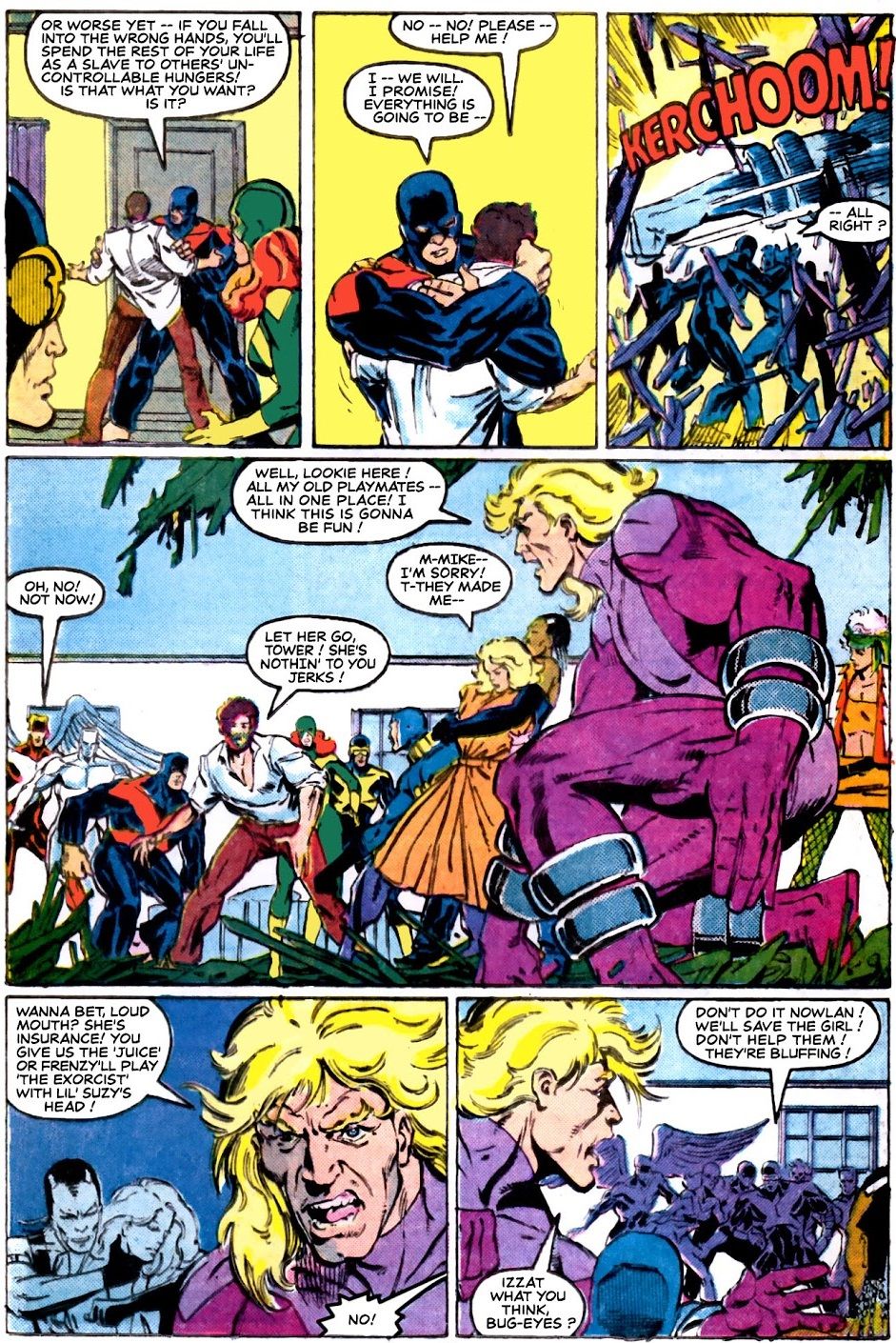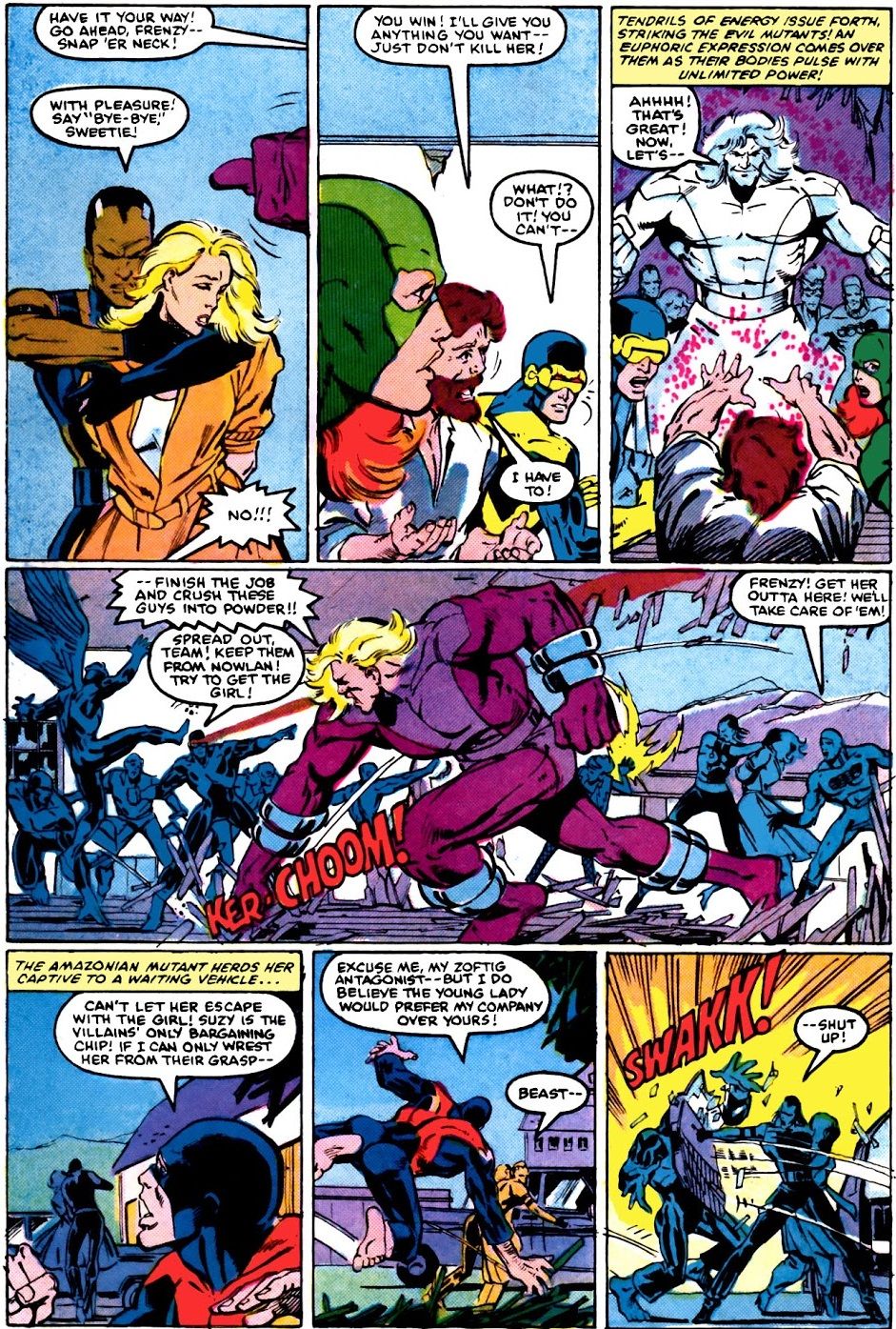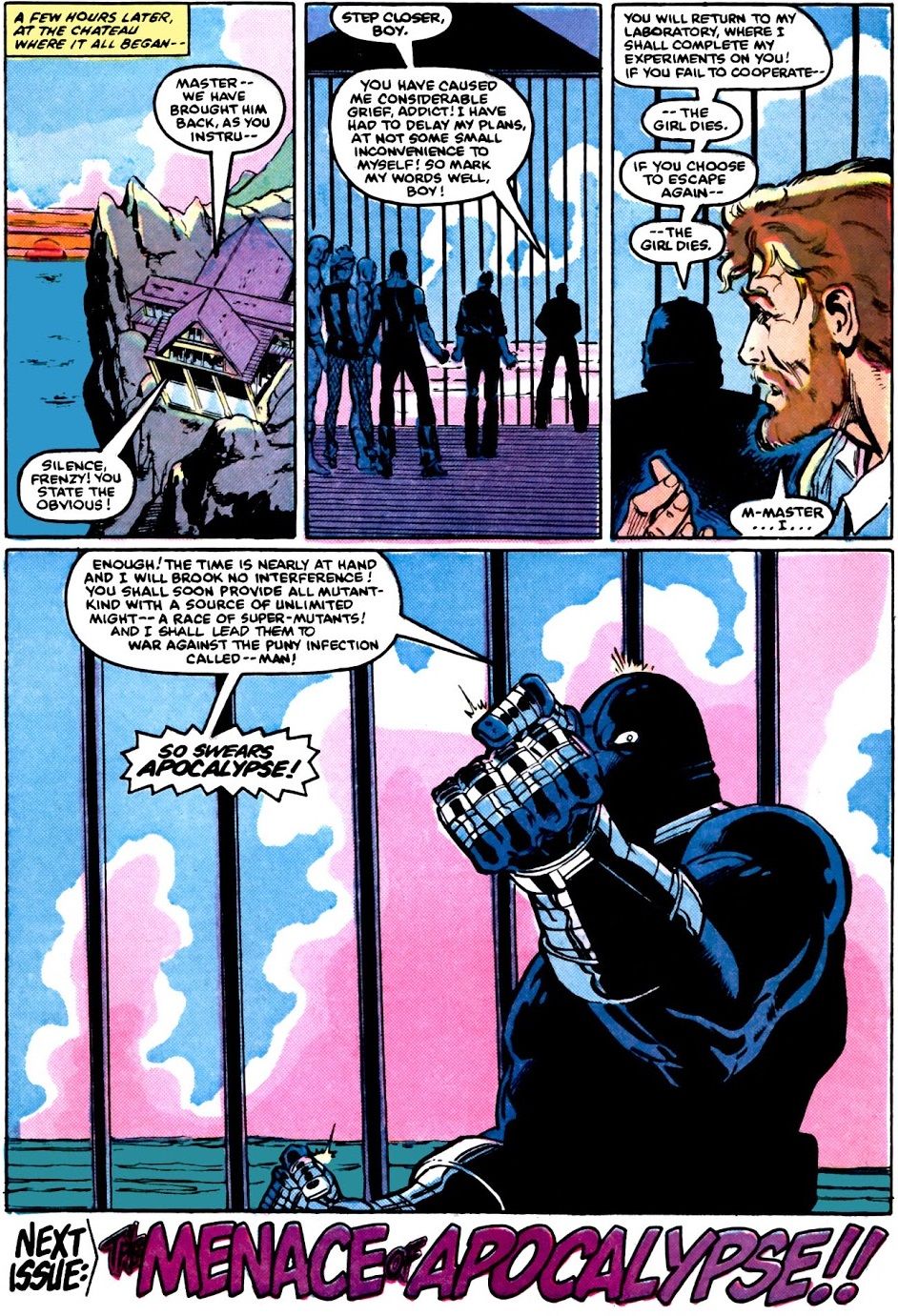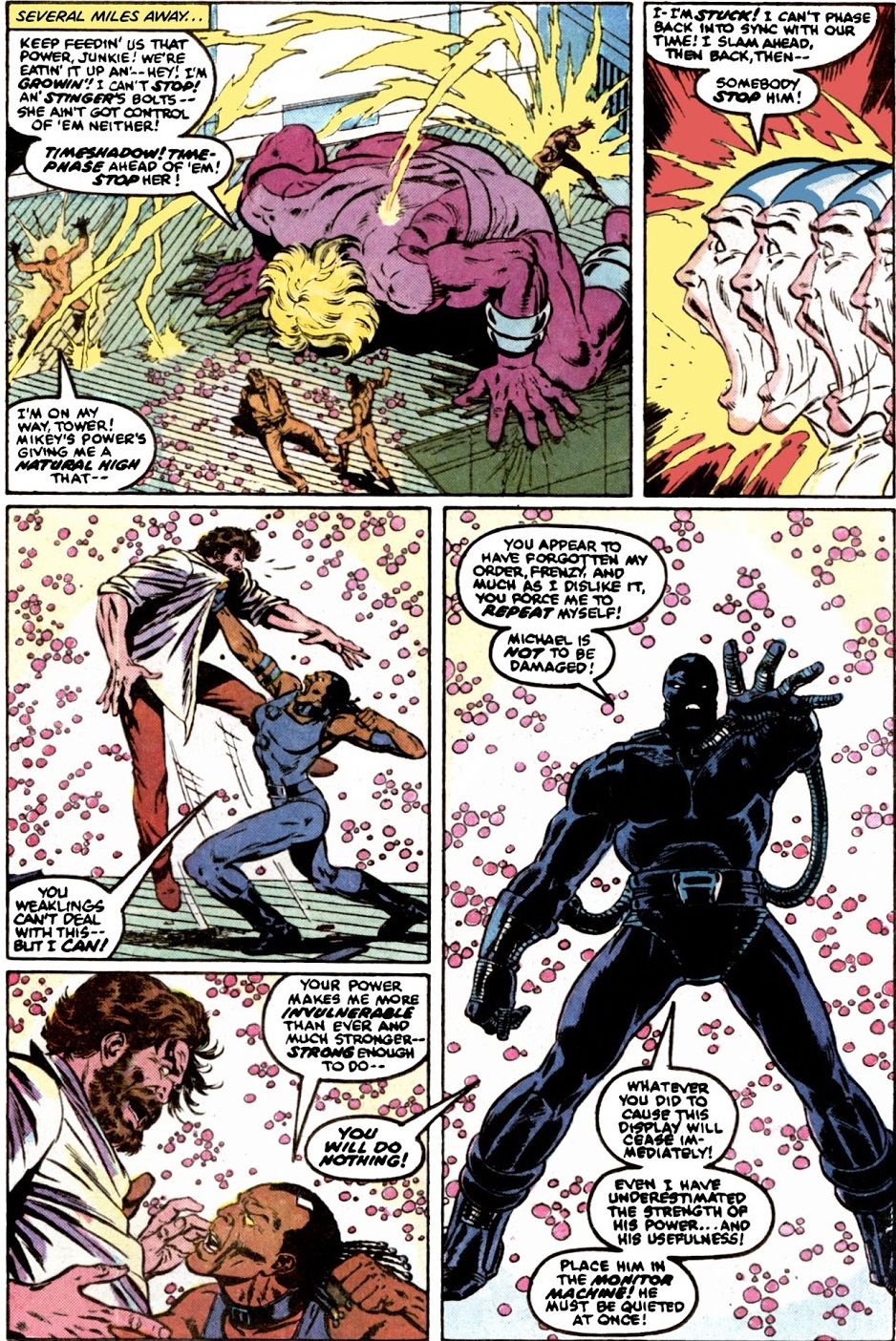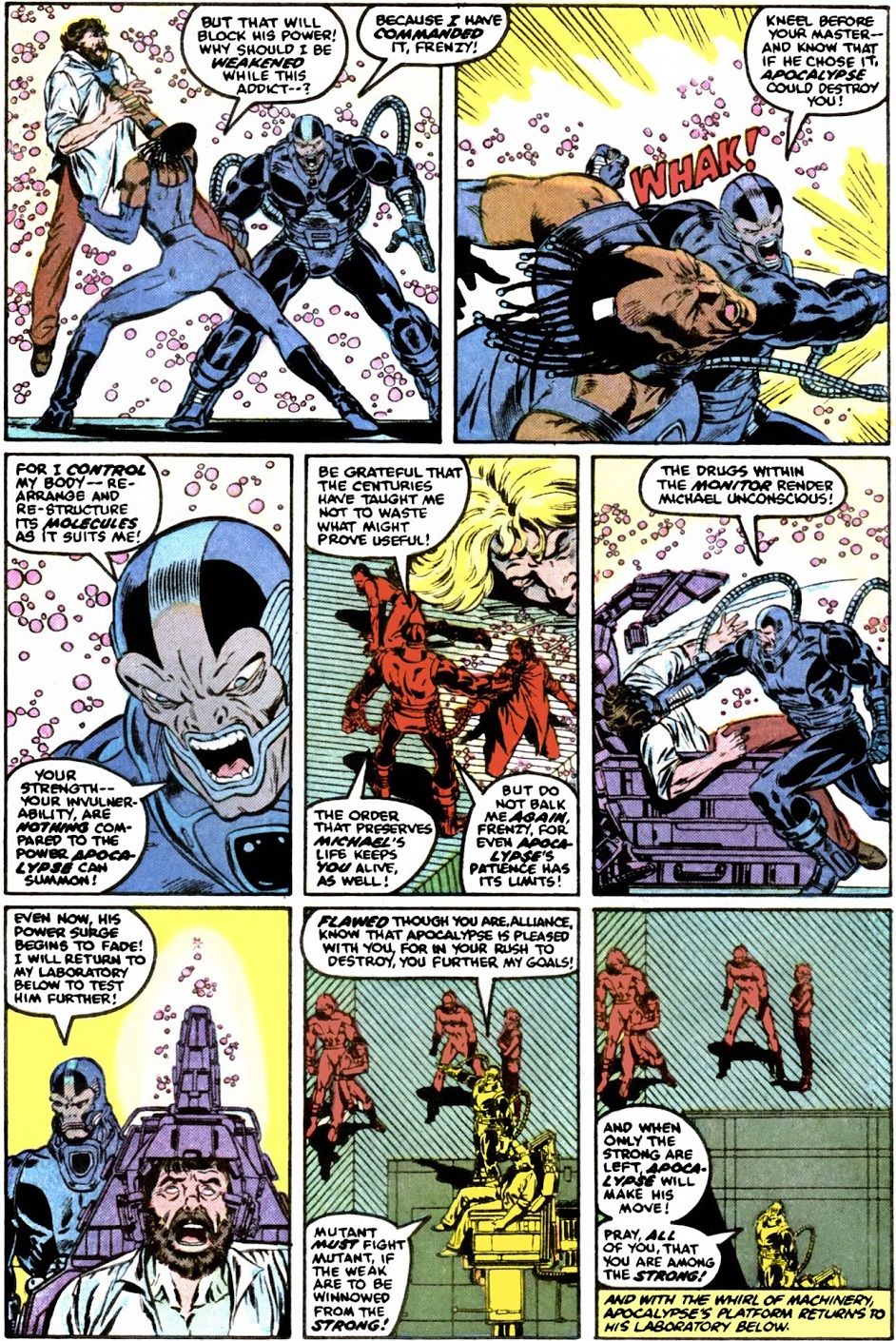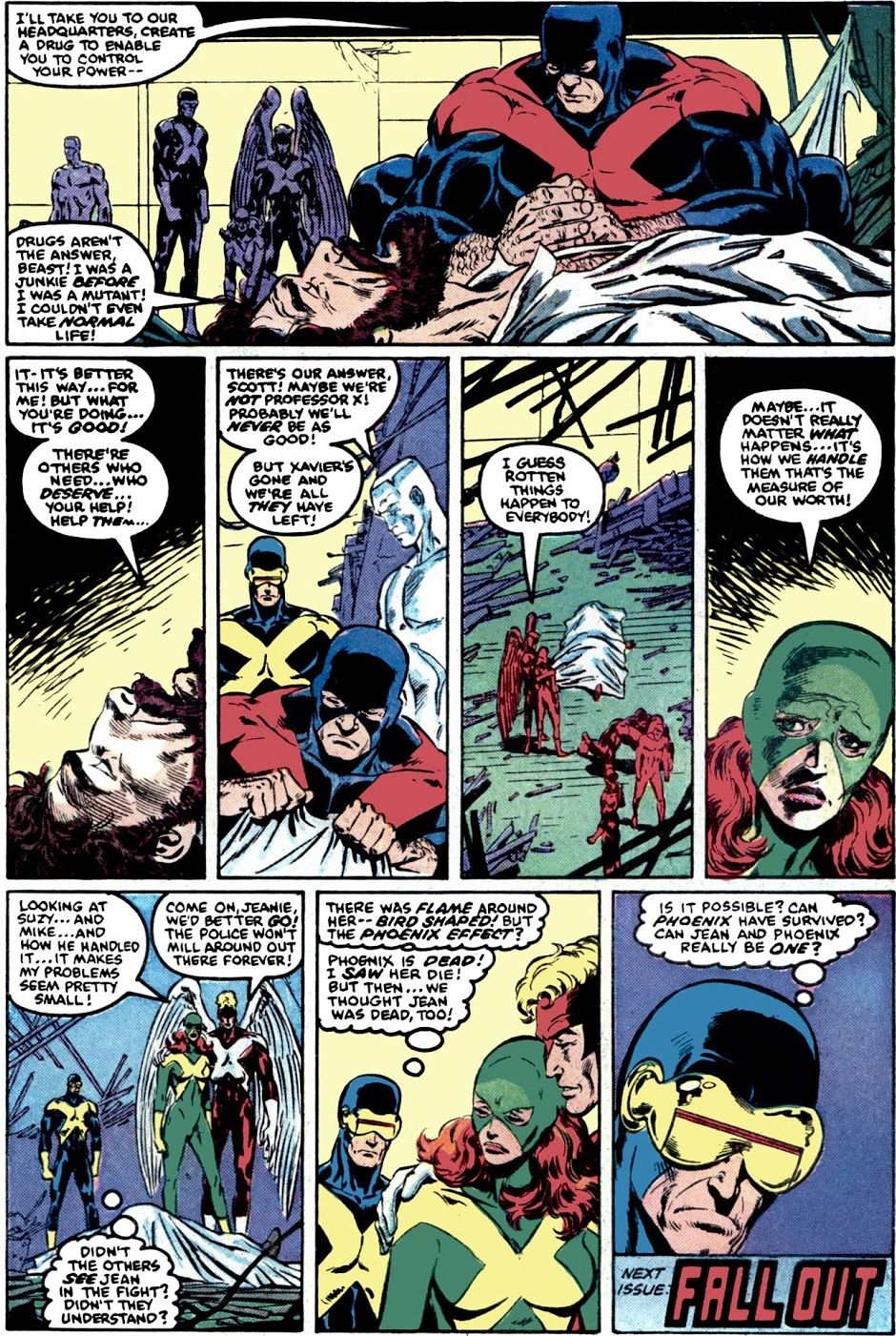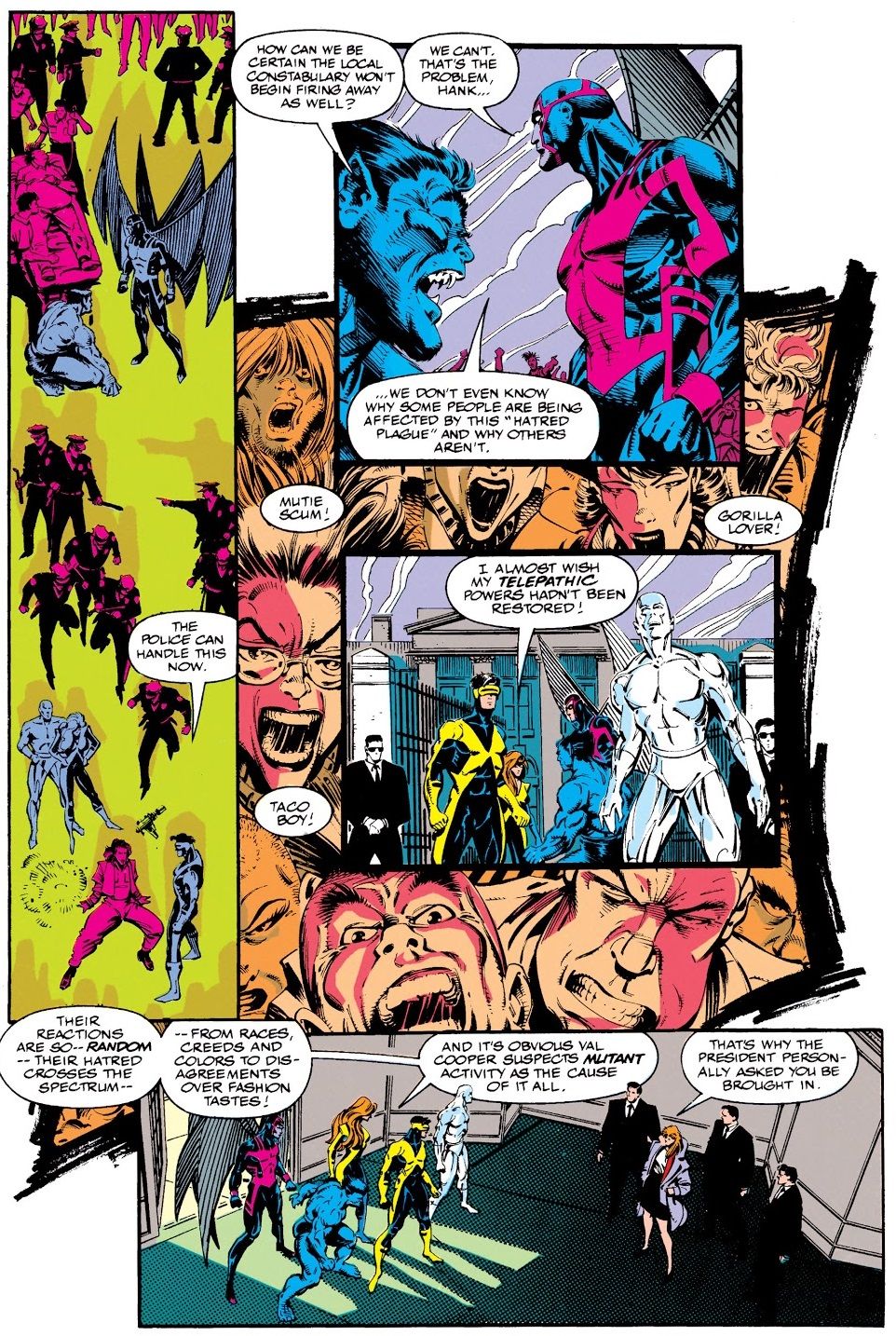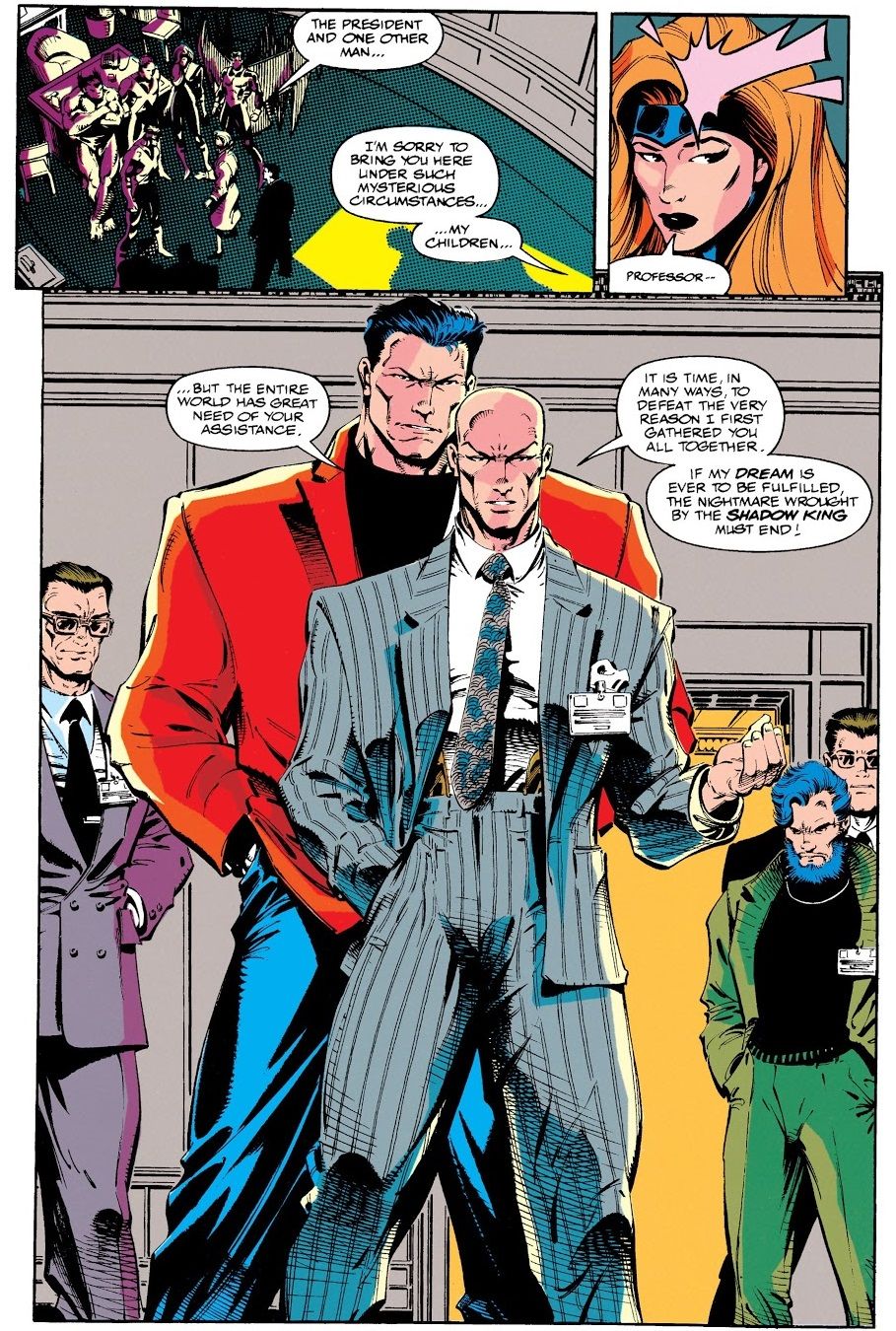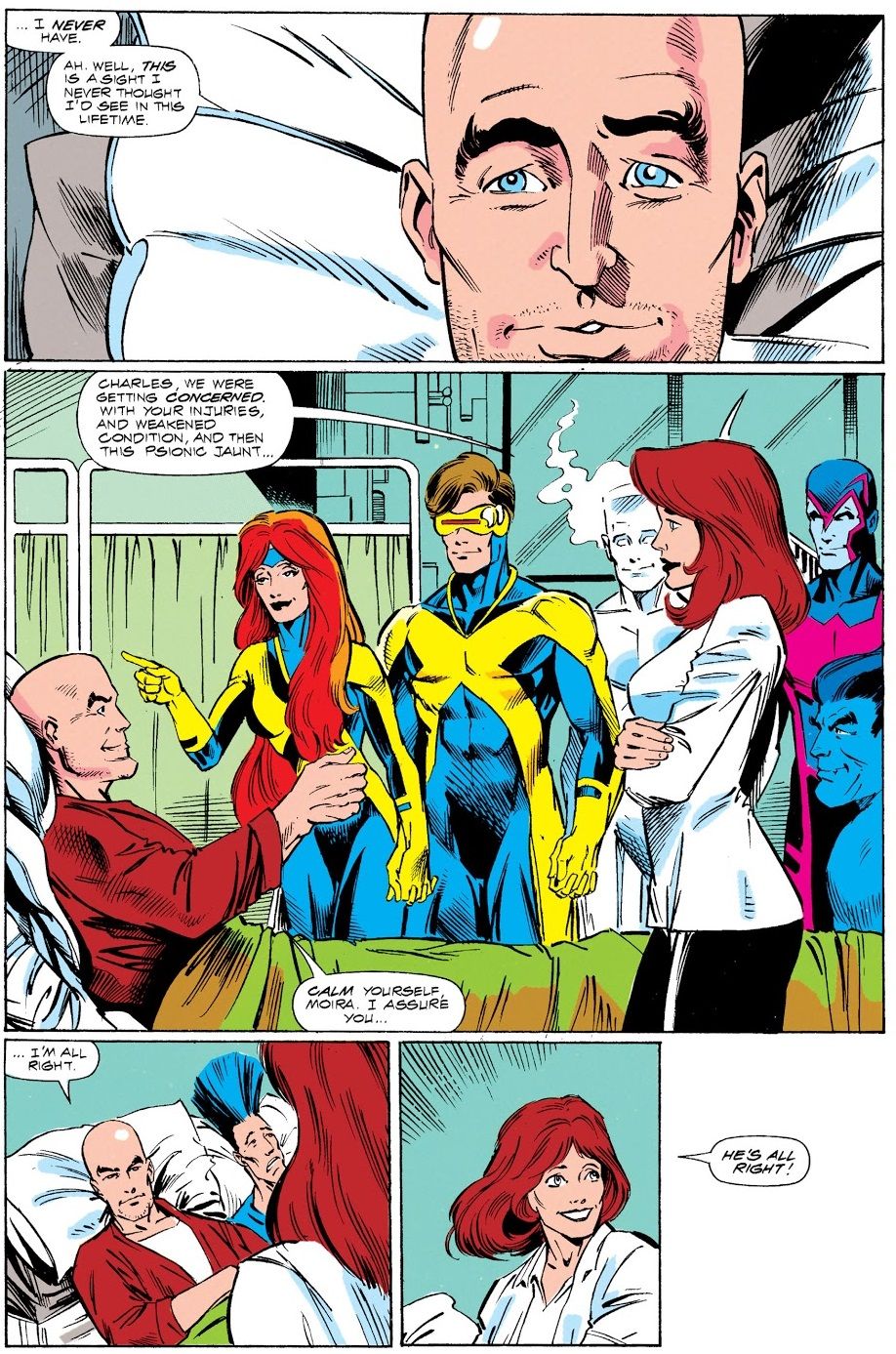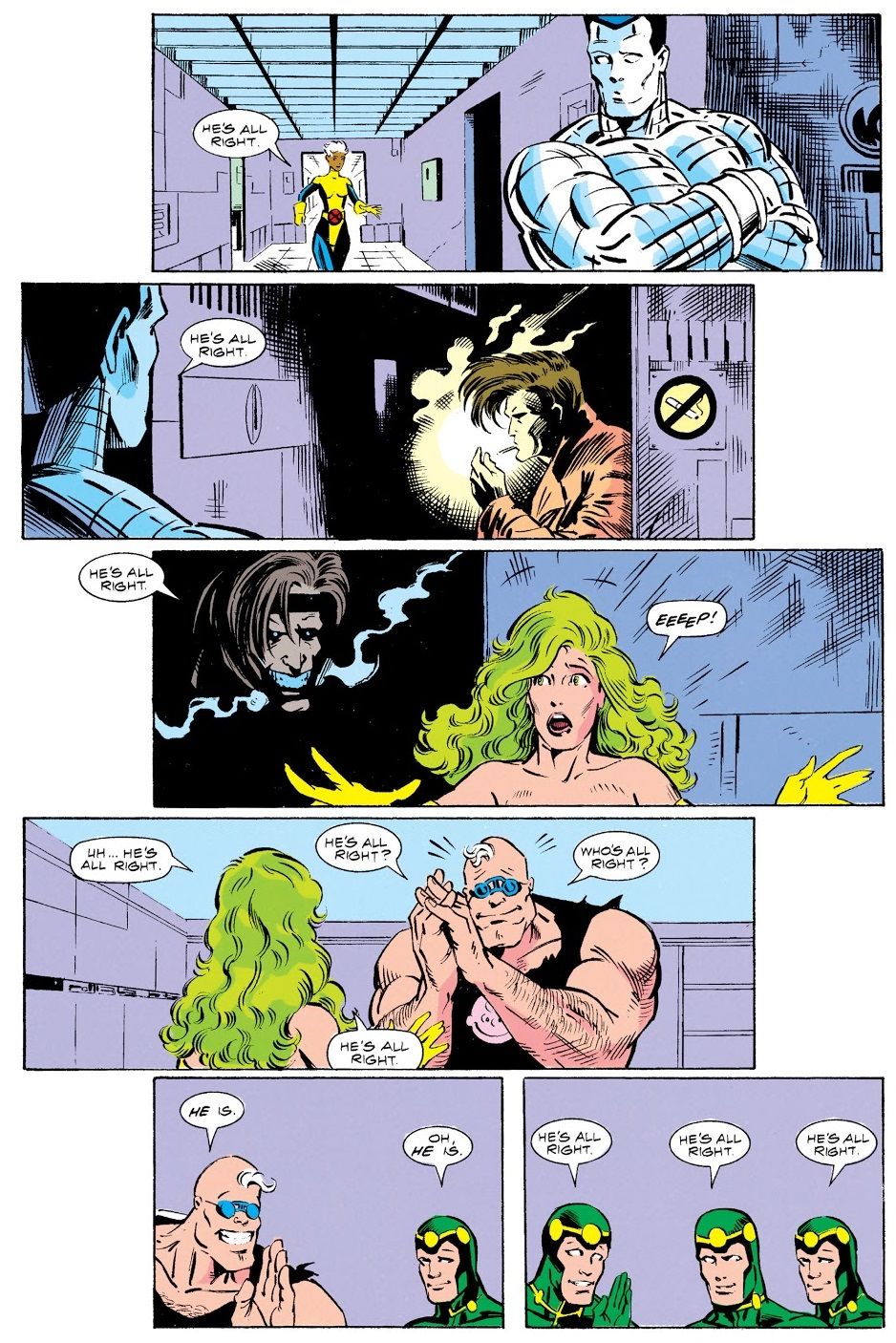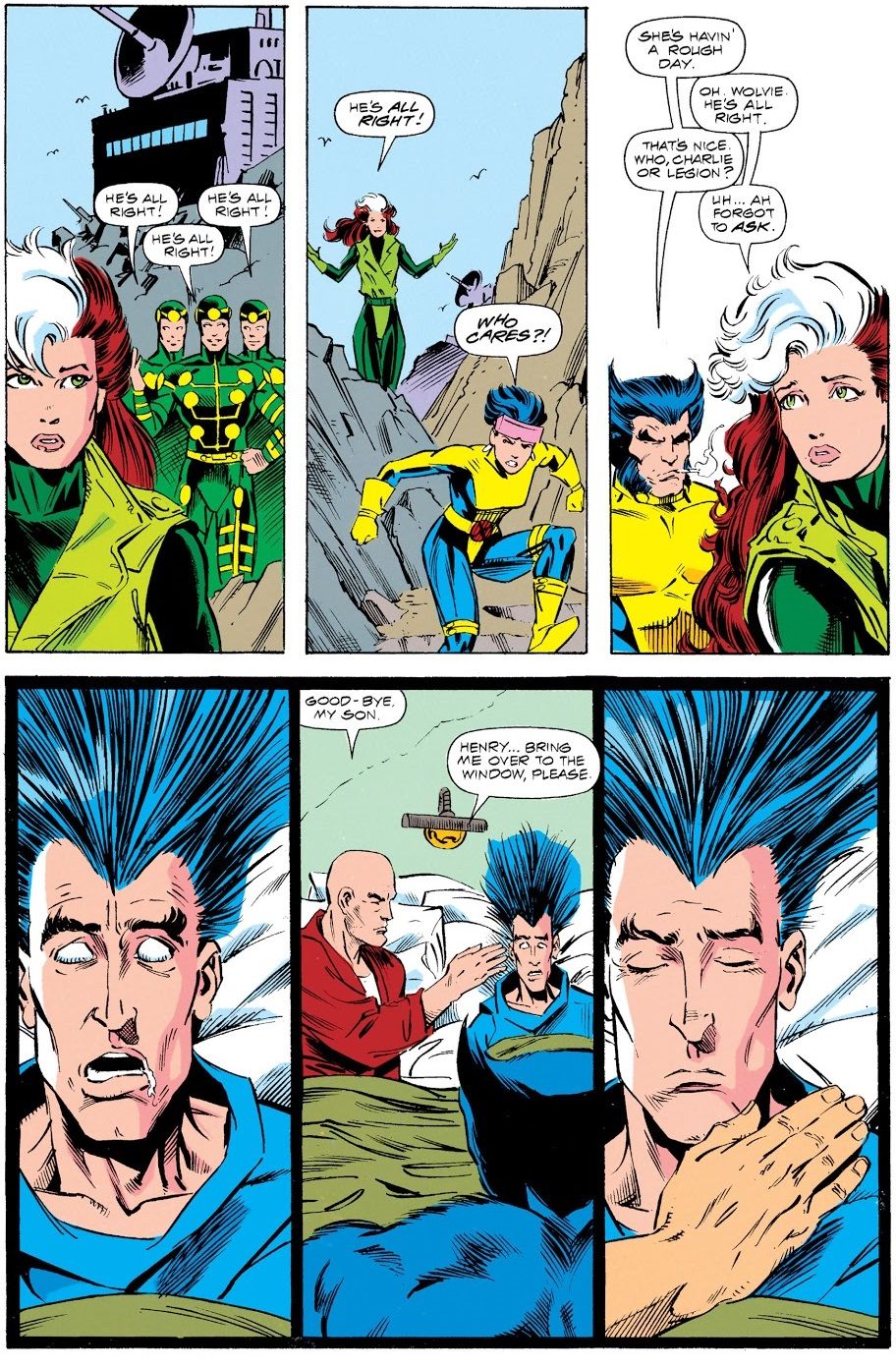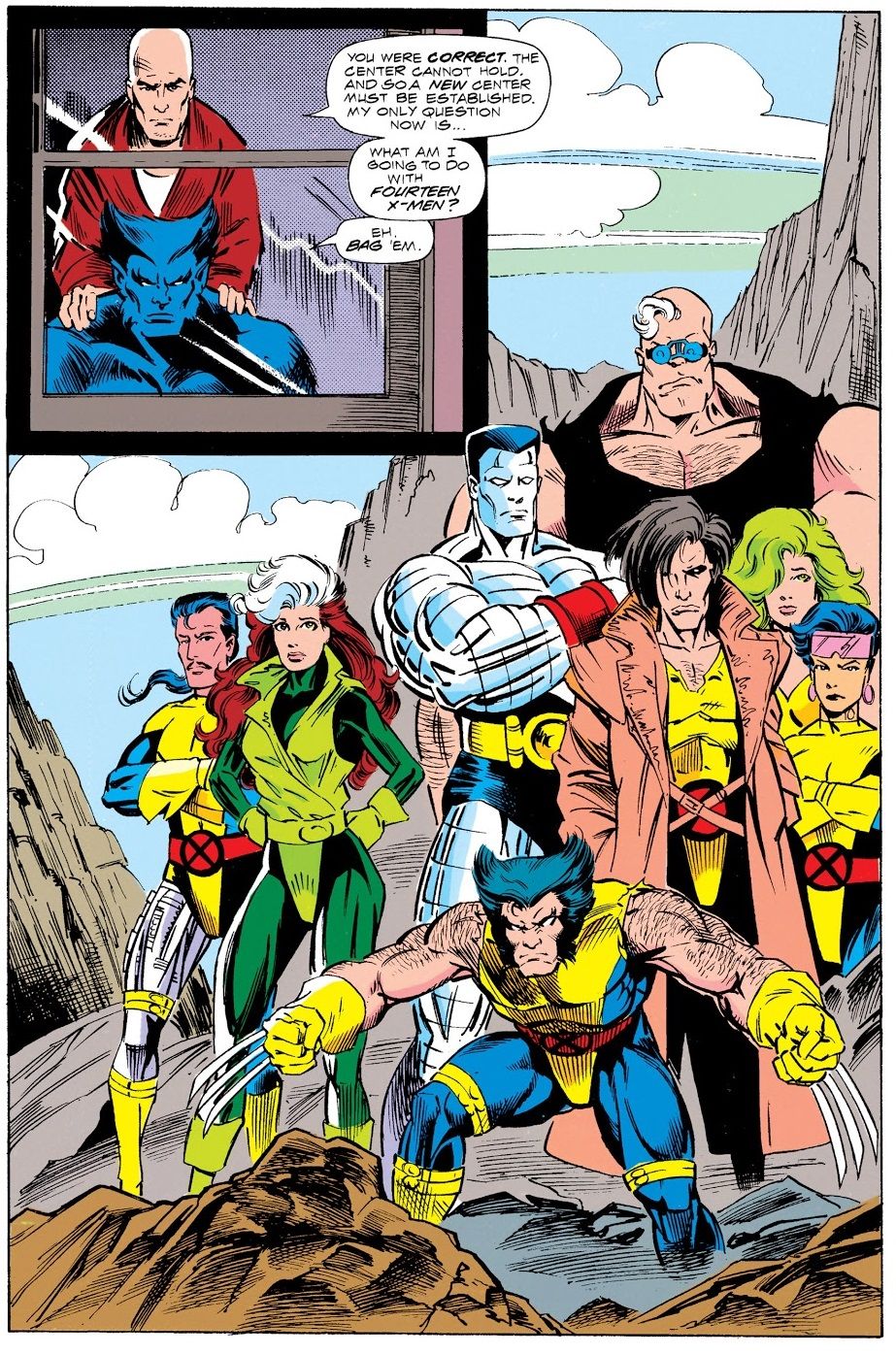In Drawing Crazy Patterns, I spotlight at least five scenes/moments from within comic book stories that fit under a specific theme (basically, stuff that happens frequently in comics).
Today, we look at an interesting phenomenon in comic books where famous comic book runs have to first resolve the plotlines left over from the previous writer on the series that they just took over. We're mostly talking about abrupt departures here, where the exiting writer didn't have a chance to wrap up his or her storylines before the new writer took over, but there's at least one example of a planned exit that still needed a wrap-up issue and it could have been by the previous series writer, but they decided to go with the incoming writer. What makes this so amusing to me is that nowadays, we're so used to the best runs coming in cleanly, often with a relaunched #1 to go with it. Instead, in the old days, you were almost always taking over a series in the middle of an essentially never-ending story. Of course, very often, said never-ending stories at least have "rest periods," where a run can cleanly end and a new run can cleanly begin. Even in the old days, this was common. Neither Steve Ditko nor Jack Kirby left Marvel in the middle of a storyline. Typically, you found a natural end point and that was your departure. Even when it didn't come naturally, rarely would the person who came in to finish the story actually turn out to be the regular writer on the series. Quite often you would have a case like Ralph Macchio finishing out Roger Stern's Avengers run and then Walter Simonson taking over the book full-time soon after.
So it is interesting to note that these famous runs started not at the issues that they are most commonly known as their first issues, but actually one issue earlier, where they wrapped up the previous writer's run.
STAN LEE TO GERRY CONWAY ON AMAZING SPIDER-MAN
The end of Stan Lee's run on Amazing Spider-Man is famous (or perhaps infamous?) for him still giving it the old college try to make the book evoke the classic years of the series, especially with the introduction of new characters, but the new characters fell a bit flat. Thus, the introduction of the Gibbon in Amazing Spider-Man #110 (done by Lee with John Romita) was not exactly the classic that Lee was probably hoping for and he left the series with the Gibbon plot wide open...
In came young Gerry Conway, who interestingly gets second billing in Amazing Spider-Man #111 under John Romita, which likely was an accurate description of how their working relationship was like at the time (which is to say that Romita was probably the driving force on the series still)...
Conway and Romita picked up Lee/Romita's idea of Kraven the Hunter getting involved and in the issue, Kraven controls the Gibbon's mind and tries to get him to kill Spider-Man, but the Gibbon has a surprising amount of inner fortitude...
While the next issue did show Spidey dropping the Gibbon off at a hospital, I count this as the official end of the story, as the next issue really starts Conway and Romita's first real story together.
BILL MANTLO TO DAVID MICHELINIE AND BOB LAYTON ON IRON MAN
Interestingly enough, the artist who is most famously paired with Michelinie and Layton on Iron Man was John Romita Jr, whose first regular gig at Marvel was drawing the majority of Michelinie and Layton's first run on Iron Man (with Layton doing finishes on Romita's pencils). However, Romita actually joined the book an issue BEFORE Michelinie and Layton, as Romita drew Bill Mantlo's last issue on the series...
Mantlo had to leave the book to launch the then-new Micronauts series, so he left the series on a cliffhanger, where Whitney Frost takes up the Madame Masque name and betrays Iron Man at the behest of her father, who is dying...
In the next issue, Michelinie and Layton end the story by writing Whitney out of the book, as they were about to introduce their own love interest, Bethany Cabe...
Man, Romita and Layton were a great pairing (not that Dan Green, who finished Romita's first issue, was bad, either).
MARTIN PASKO TO ALAN MOORE ON SAGA OF THE SWAMP THING
This is the one that really interested me the most about this deal, how the issue that we all think of as Alan Moore's first issue of Swamp Thing (it was even put into trades that way for years), "Anatomy Lesson," was actually Moore's SECOND issue on the series!
Martin Pasko had been writing a long storyline involving the Sunderland Corporation and the DDI (the government agency that the Sunderland Corporation had been working) and their attempts to hunt down Swamp Thing and use them for their own nefarious purposes (and also kill anyone who got in their way). However, Pasko's final story (which was drawn by the then-new art team on the book, Stephen Bissette and John Totleben) was mostly about Anton Arcane being revived as a weird bug-like creature by his Un-Men...
The issue ends with the Un-Men's giant insect ship crashing and Arcane dying...
Swamp Thing wants to make sure, though, which leads into Moore's first issue, which is literally called "Loose Ends," as Moore resolves the various loose ends of Pasko's long storyline.
First off, Moore confirms Arcane's death (for now). Next, he writes off supporting characters Lizabeth Tremayne and Dennis Barclay, although he brings them back later in his run, roughly 30 or so issues later (Lizabeth gets a happy ending. Dennis does not). He has Abby and Matt Cable's home destroyed by the Sunderland Corporation and DDI.
Finally, the issue ends with the bad guys seemingly winning, with them apparently murdering Swamp Thing (we, of course, know how this will end up in the Anatomy Lesson, as General Sunderland will not be too happy about "winning" this particular time)...
Dan Day did the pencils, but Totleben's inks made them fit the overall look of the series.
Page 2: [valnet-url-page page=2 paginated=0 text='A%20Pair%20of%20X-Factor%20Wrap%20Ups!']
BOB LAYTON TO LOUISE SIMONSON ON X-FACTOR
One of the most famous "Wrap up" stories was when Louise Simonson took over from Bob Layton on X-Factor. Layton had been doing a storyline with artist Jackson Guice where they had introduced the Alliance of Evil, mutants who were hunting down a guy who could super-charge mutant abilities and also mutate normal humans...
Originally, their boss was going to be the former Daredevil villain, the Owl, and Michael was going to mutate the Owl. Instead, Layton was off the series and Simonson had the final page of Layton's last issue re-drawn to introduce Apocalypse...
The next issue full introduced Apocalypse for the first time...
In the end, Michael's powers ended up overloading and he died, so Apocalypse and his minions left, since there was nothing more for them here (an explosion during the fight sort of kind of looked like the Phoenix, so Cyclops was all obsessed with that)...
Simonson wrapped up Layton's arc but also laid plans for her own famous run on the book.
????? TO PETER DAVID ON X-FACTOR
This one is tricky, since Louse Simonson had been writing X-Factor since #6, but she left for DC (to launch Superman: The Man of Steel) in early 1991, after Whilce Portacio had joined her on the series as the co-plotter and artist on the book. Chris Claremont came in to script the end of Portacio's first arc. Then, however, the "Muir Isle Saga" was set to lead in to the revamped new line of X-Men comics, with Jim Lee and Whilce Portacio plotting both X-Men and Uncanny X-Men and drawing the two books, as well. So Jim Lee needed time to get started on X-Men, so he left Uncanny X-Men after Uncanny X-Men #277. Fill-in artists drew Uncanny from #278 through #280 and Fabian Nicieza came on board to do fill-in stories for both Uncanny X-Men and then X-Factor, when X-Factor crossed over into the "Muir Isle Saga." Portacio still drew the book, but Nicieza was writing the stuff solo.
So the story ended in Uncanny X-Men #280, but there was going to be an epilogue. Peter David was set to take over X-Factor with X-Factor #71, introducing a brand-new X-Factor team. However, he also got involved to write the epilogue. So he was writing the epilogue to a story he was not involved in, all right before he took over the book himself. It's an odd little deal. However, X-Factor #70 ended up being a nice issue, with Kirk Jarvinen getting the chance to do the fill-in art.
The issue is mostly about Xavier coming out of a coma, but also of the various X-characters adjusting to their new status quo (with David setting up a few of them deciding to join his new X-Factor team. Jubilee isn't thrilled that it looks like she might not have a future as an X-Man). The issue ends with a recovered Xavier and a fun game of telephone...
I'd love to see the in-story reason for that big pose at the end. Was someone taking a group photo?
That's it for this installment!
If anyone else has ideas for things that get repeated a lot that you'd like to see me spotlight (or heck, more example of this trend - if I could get five more, I could do a sequel!), drop me a line at brianc@cbr.com!

